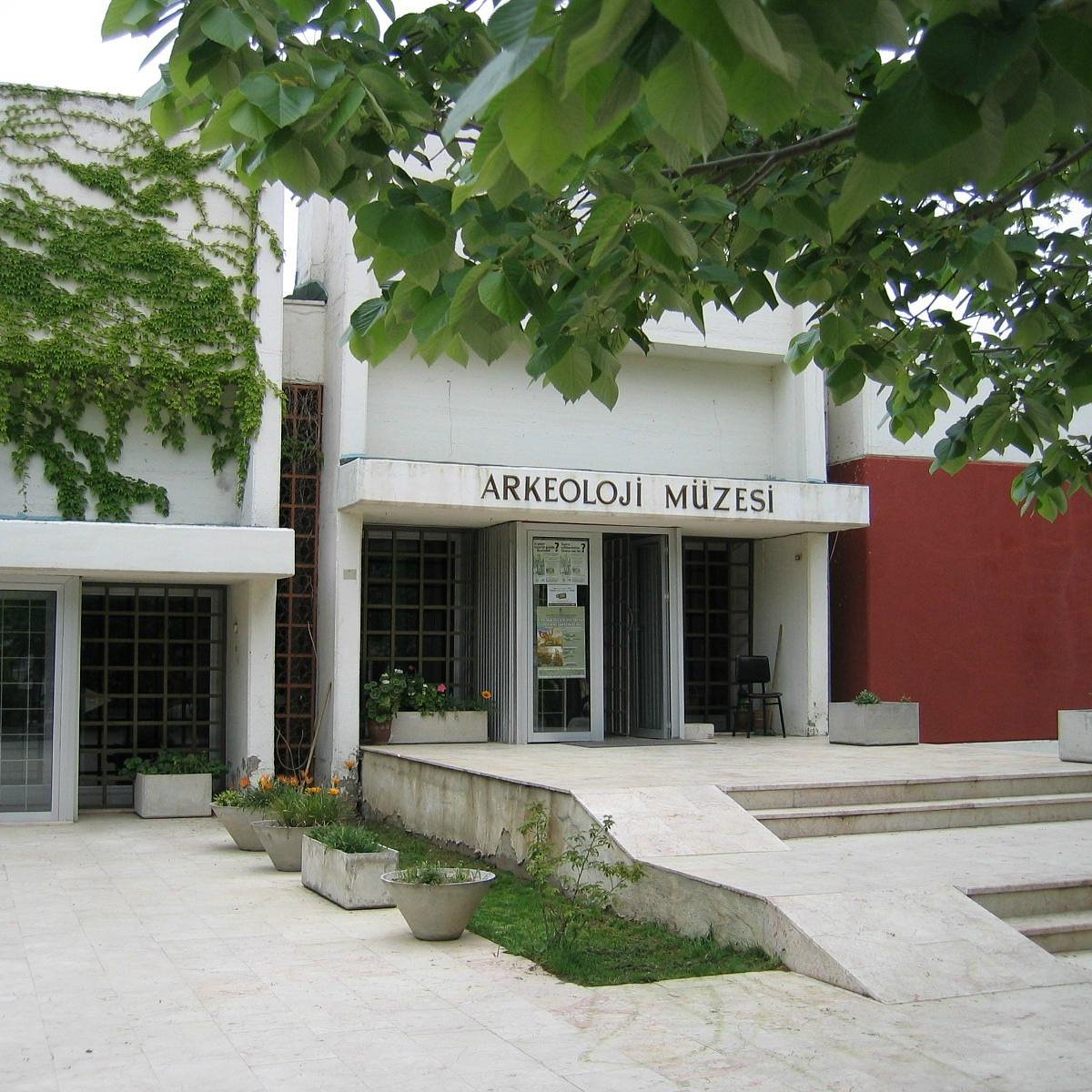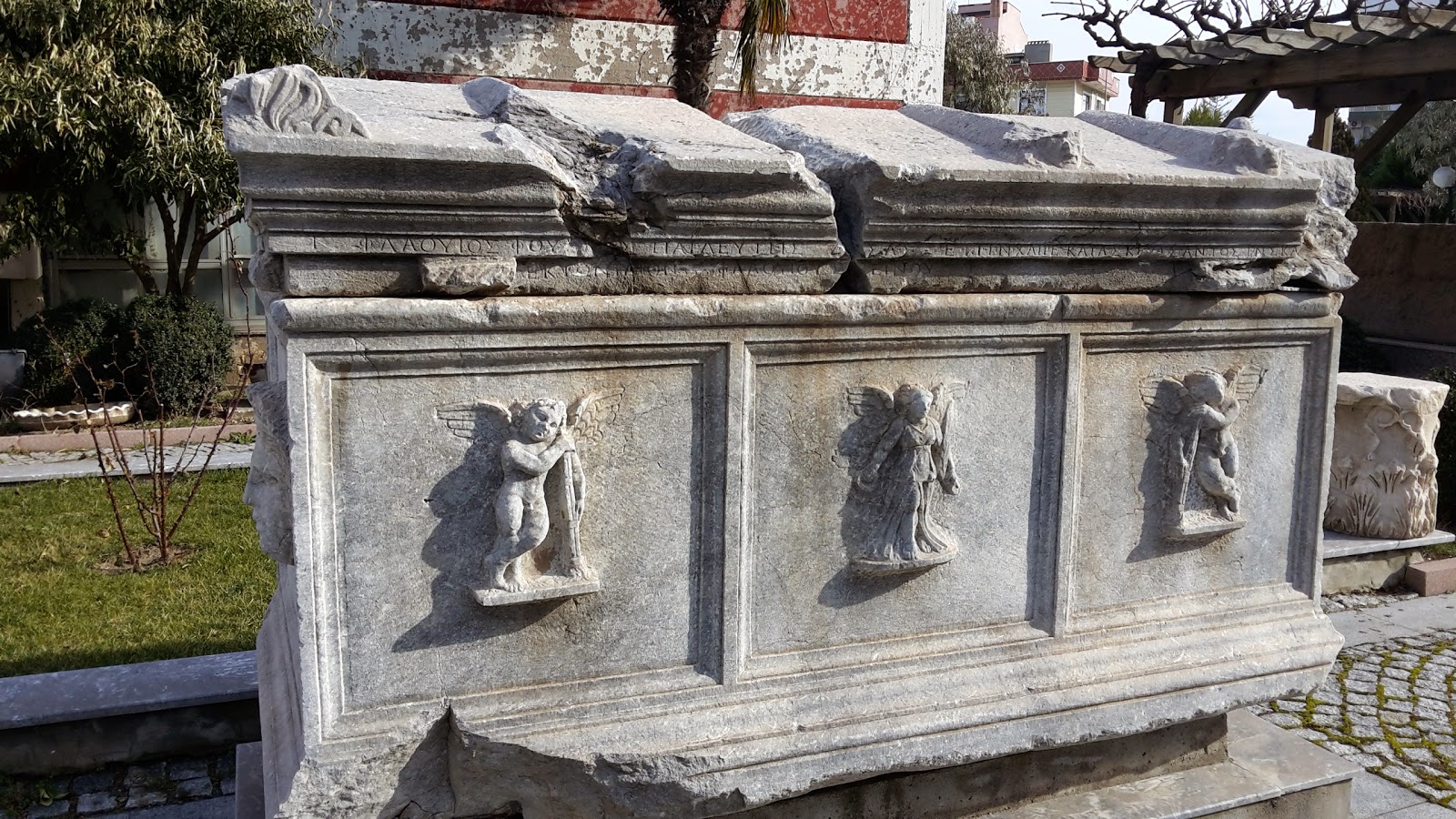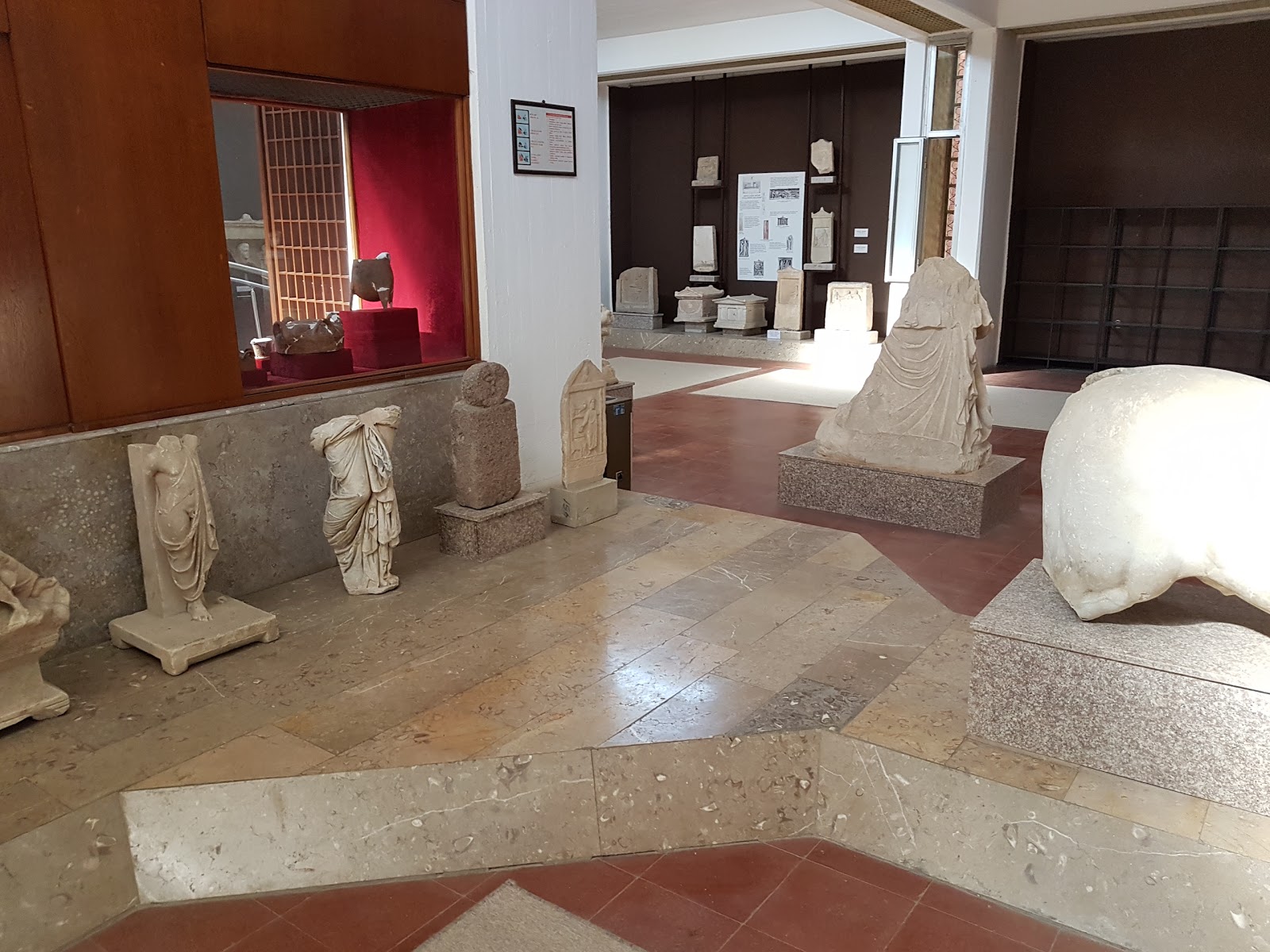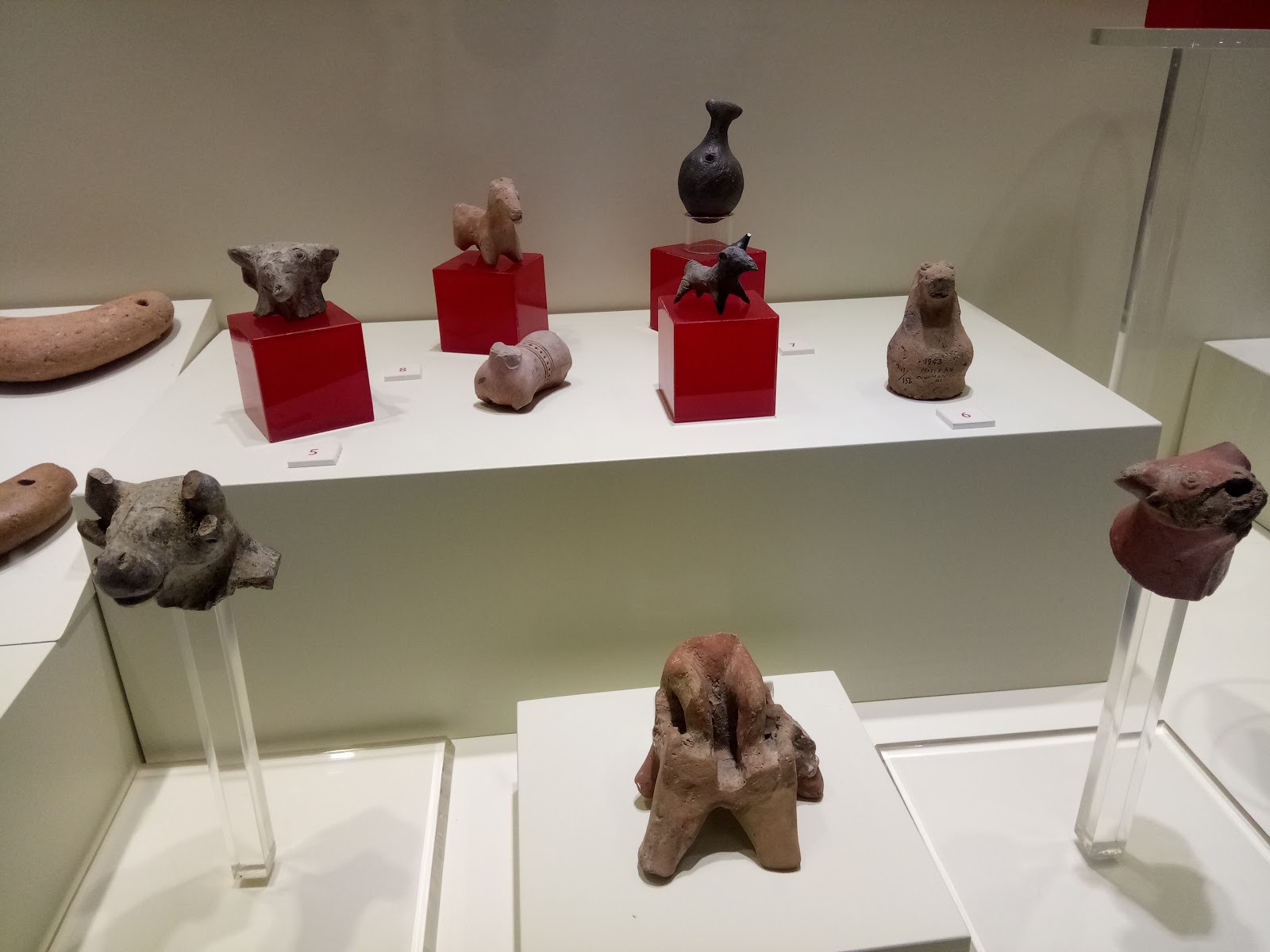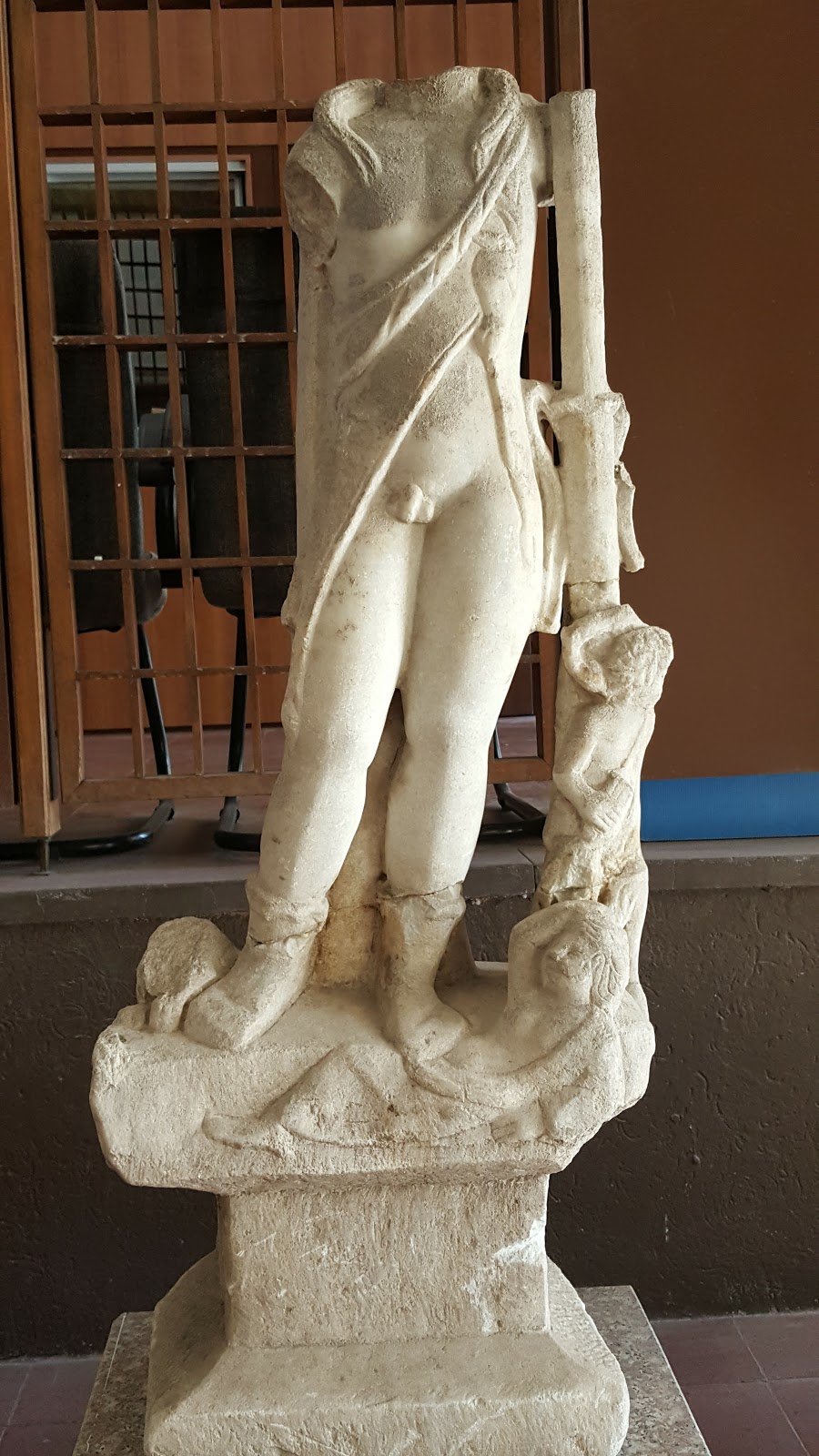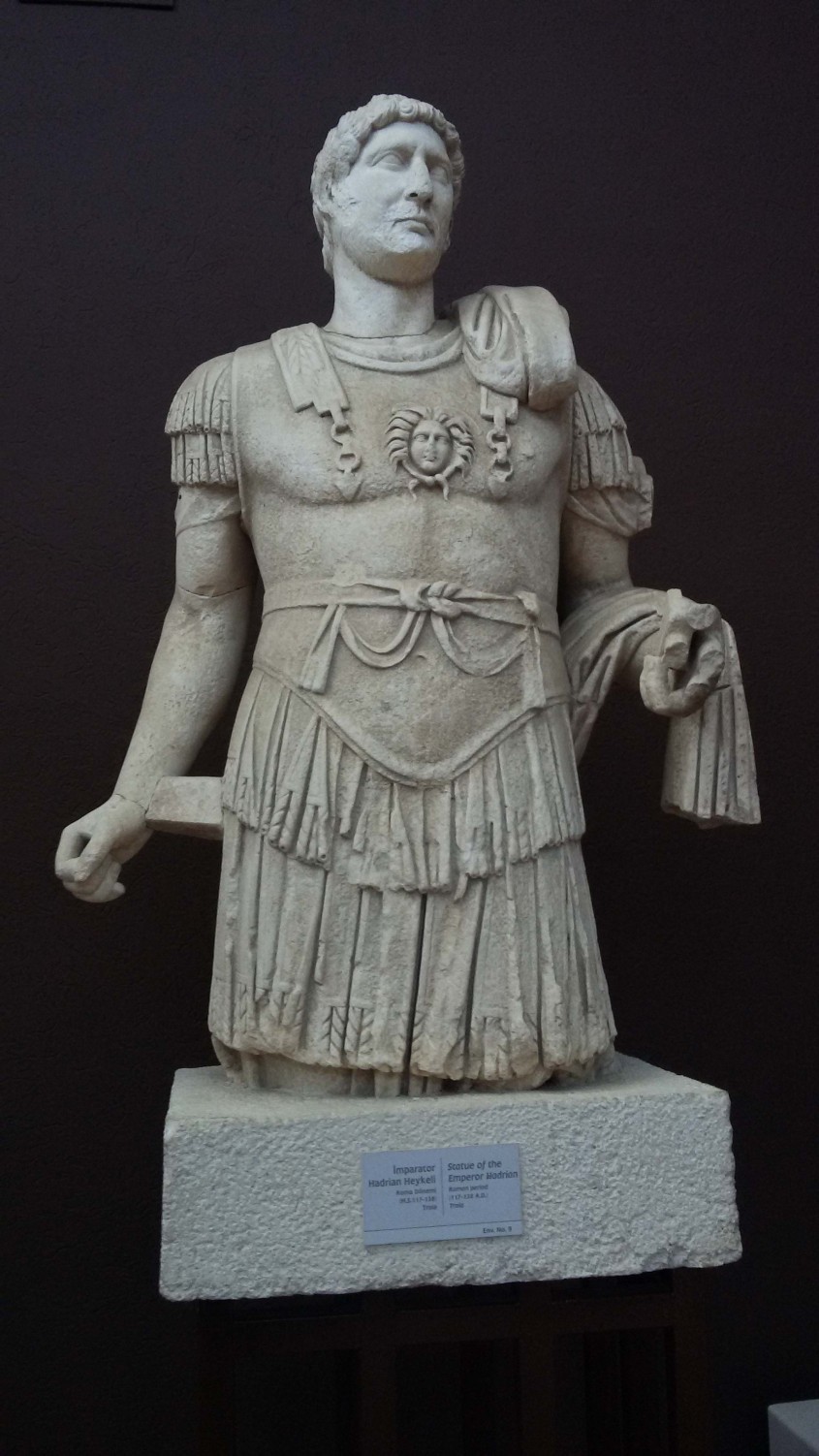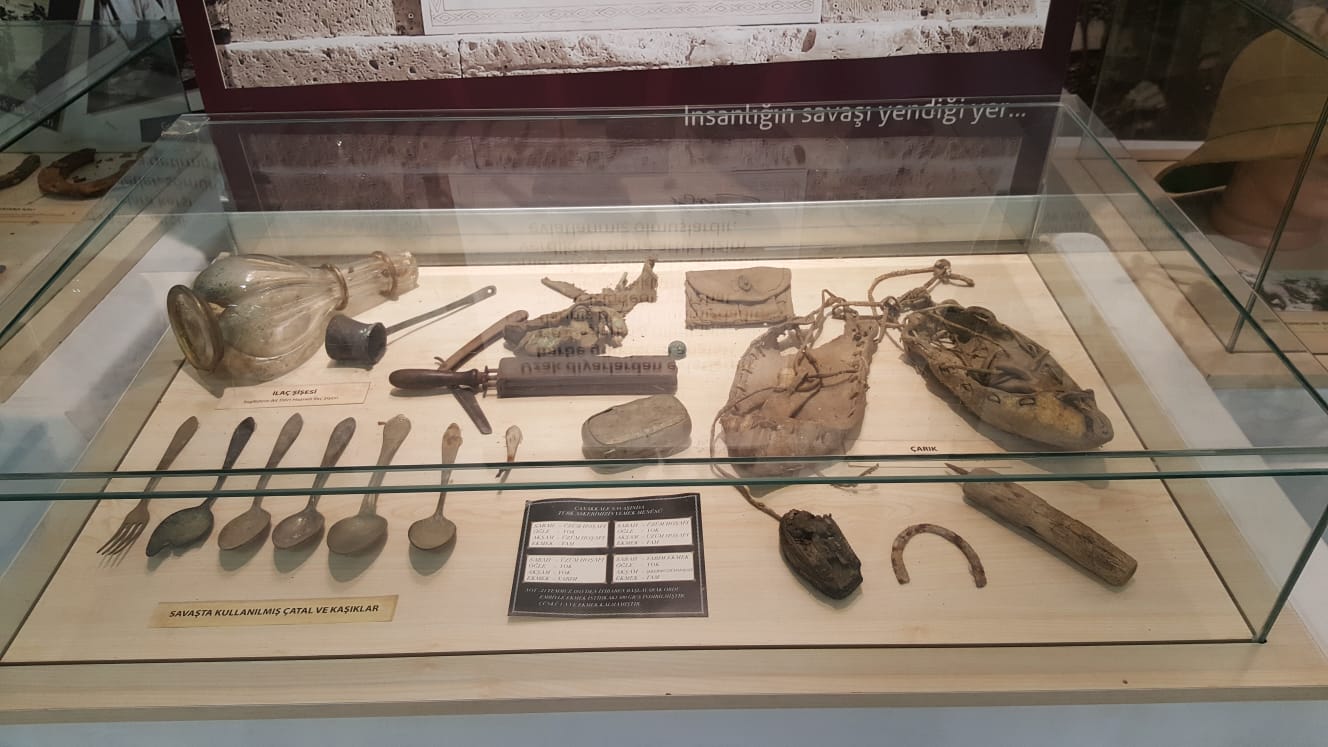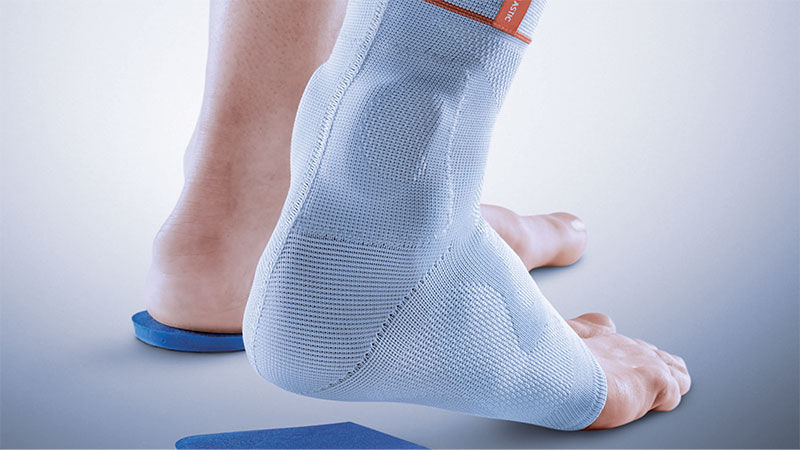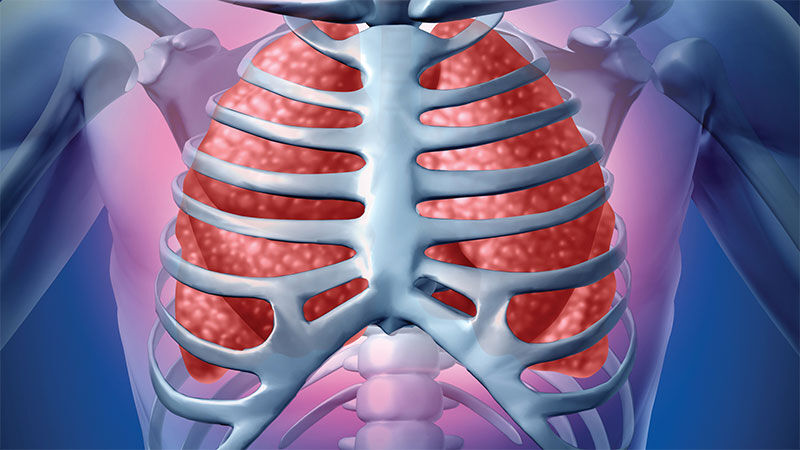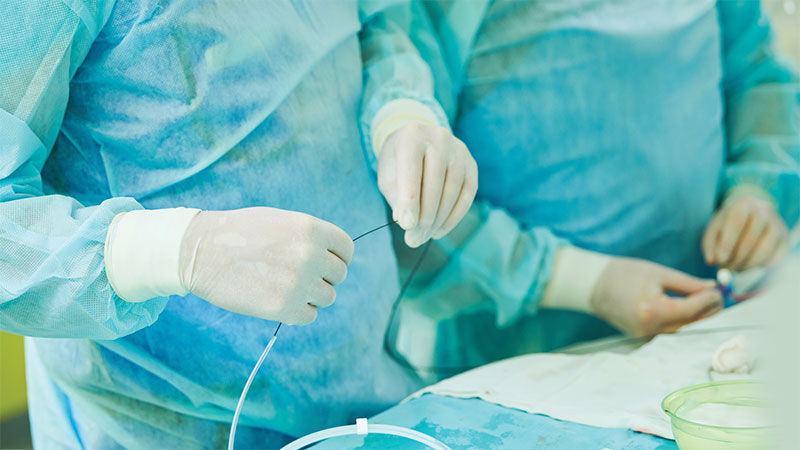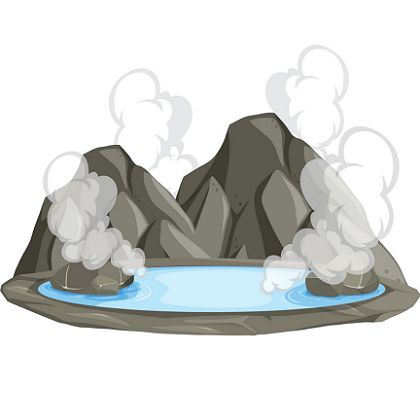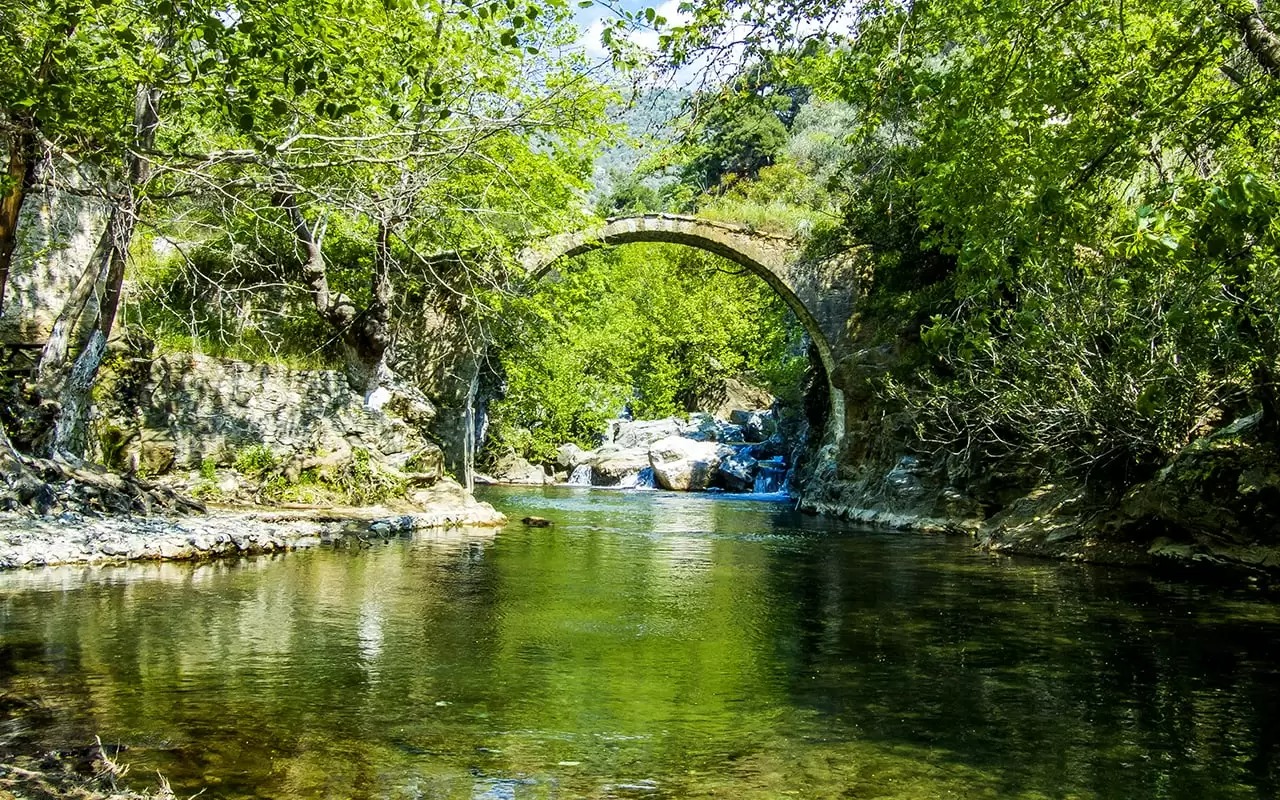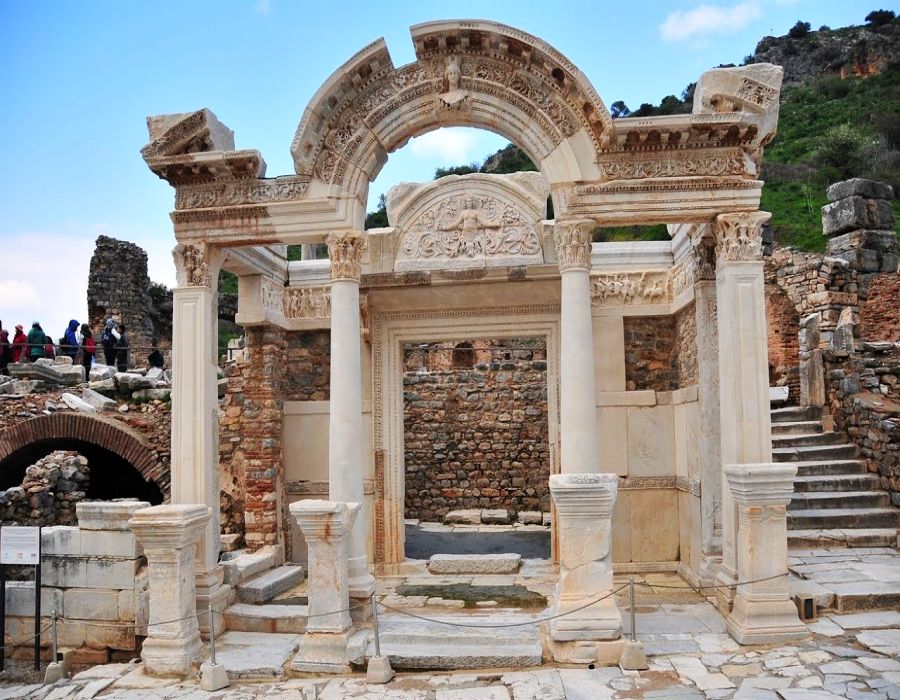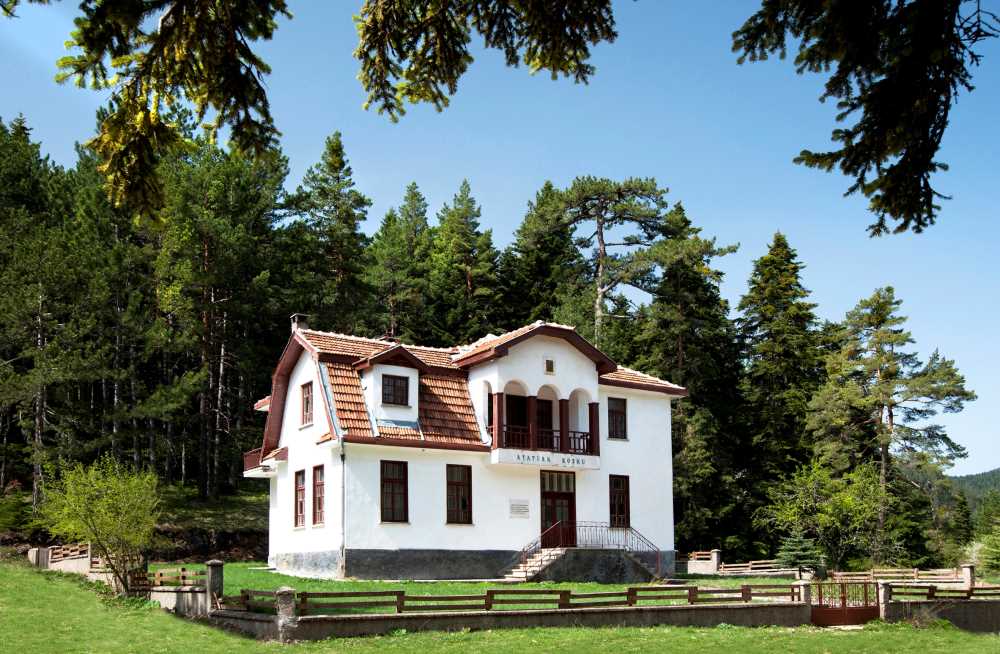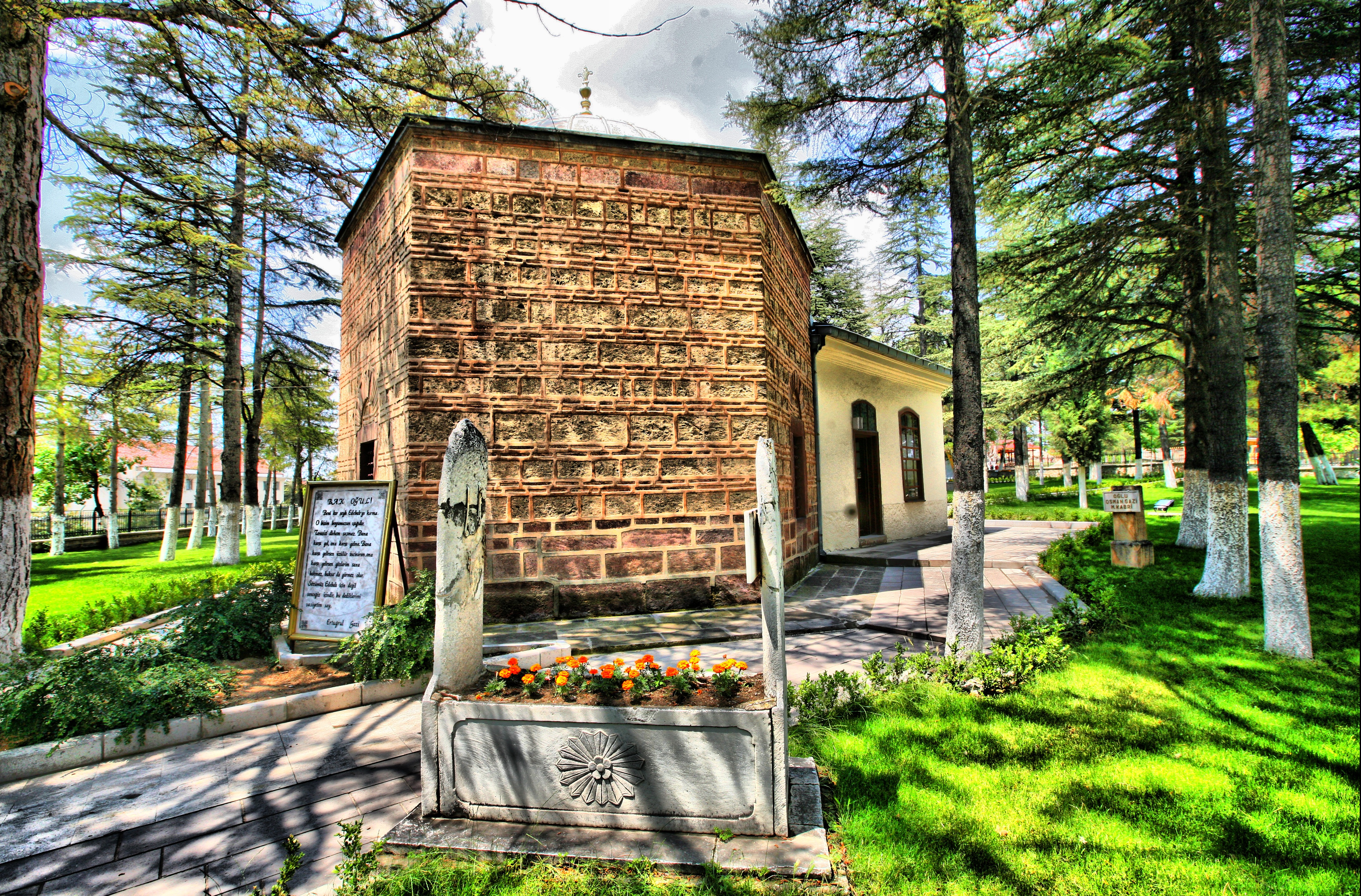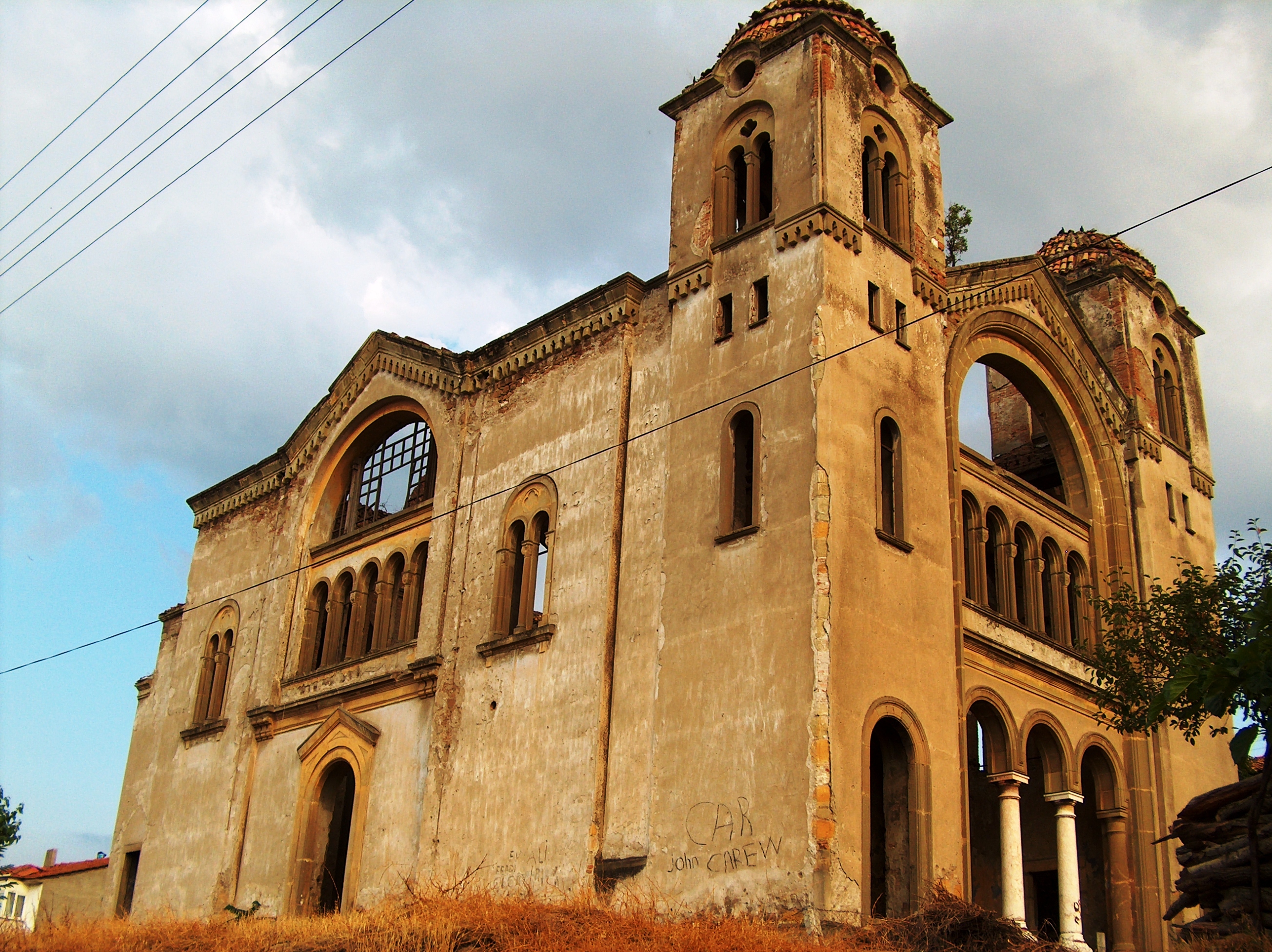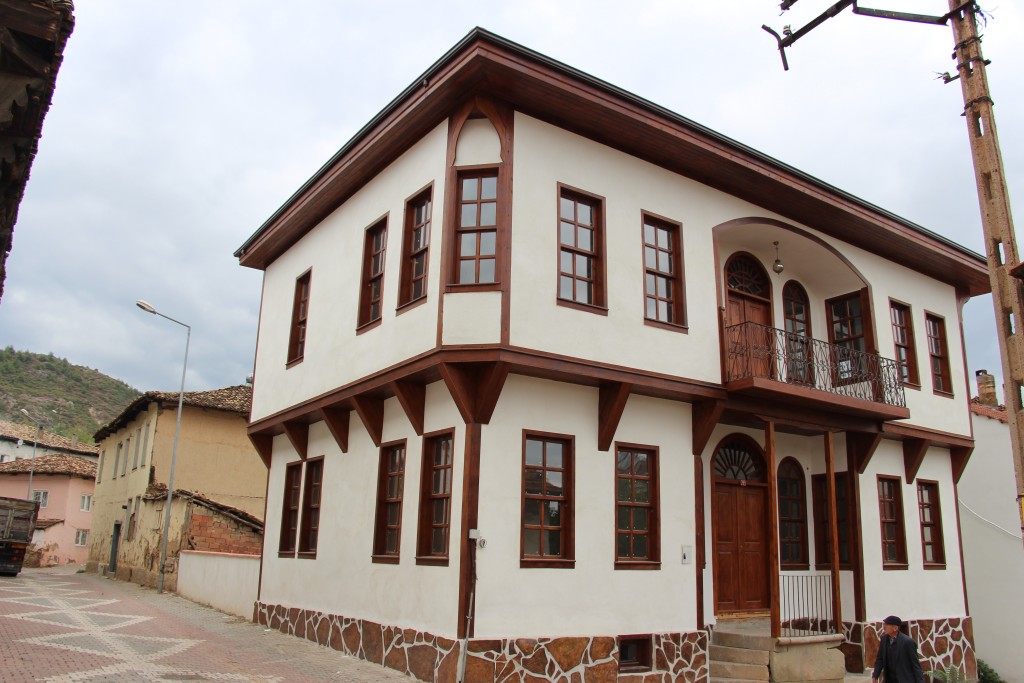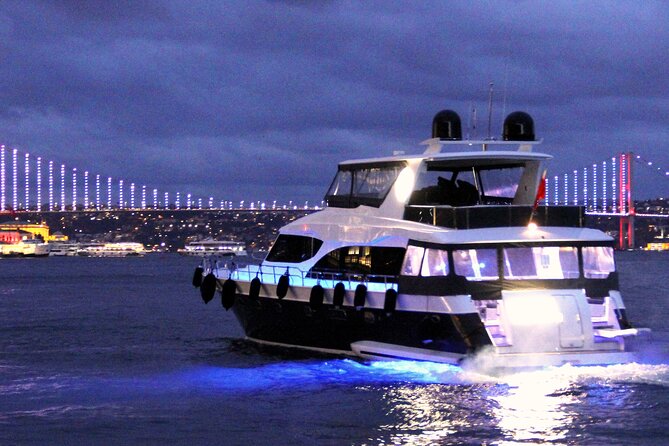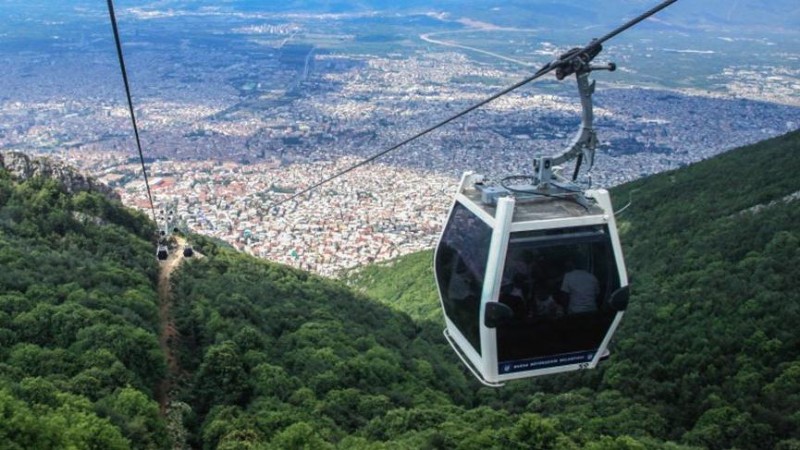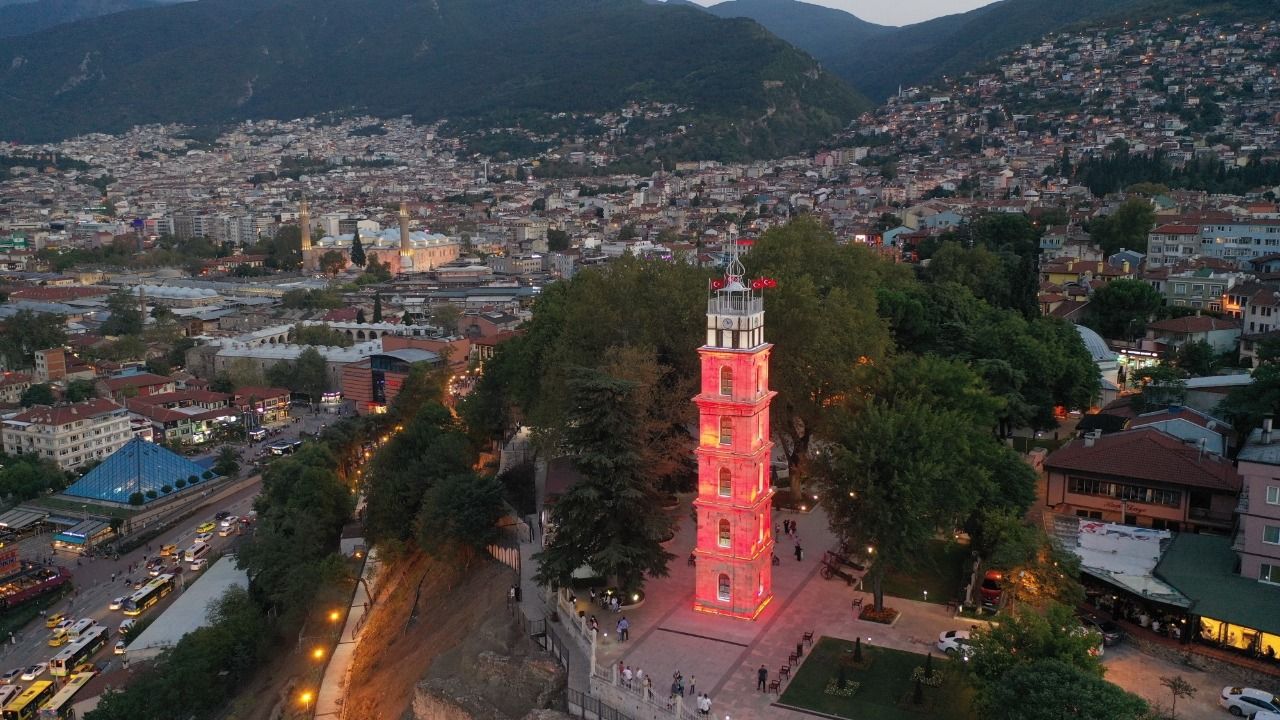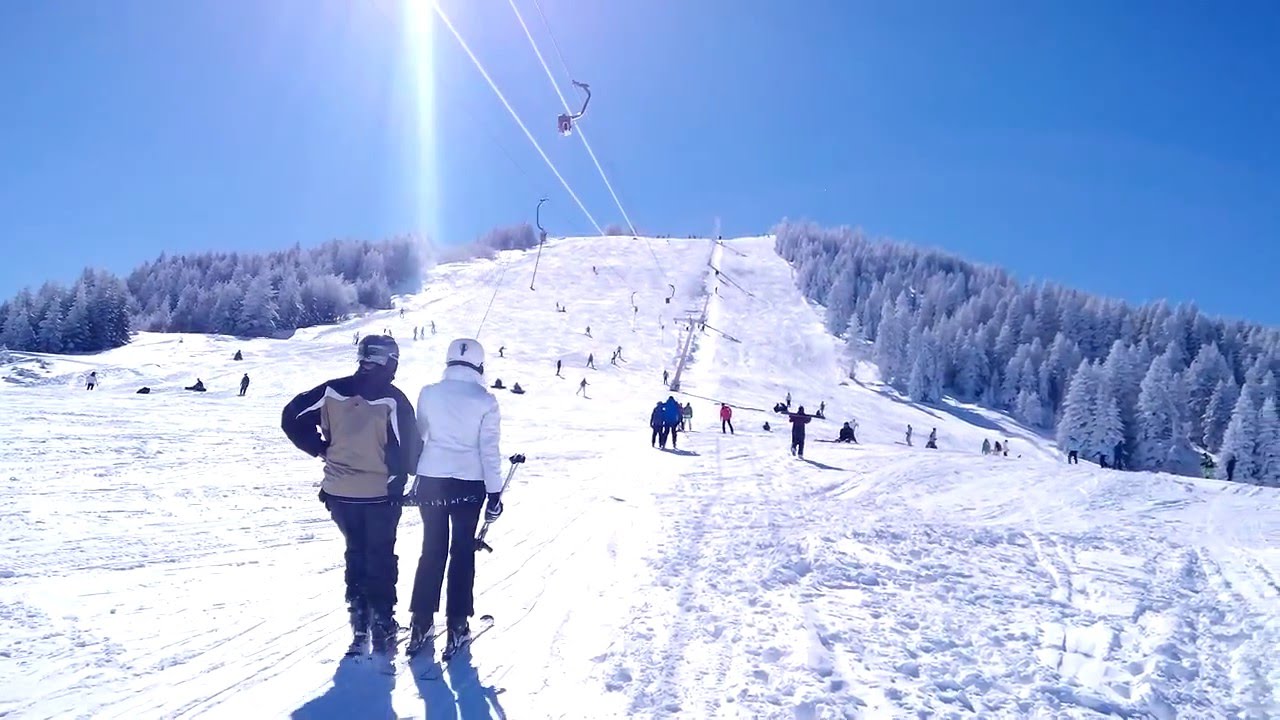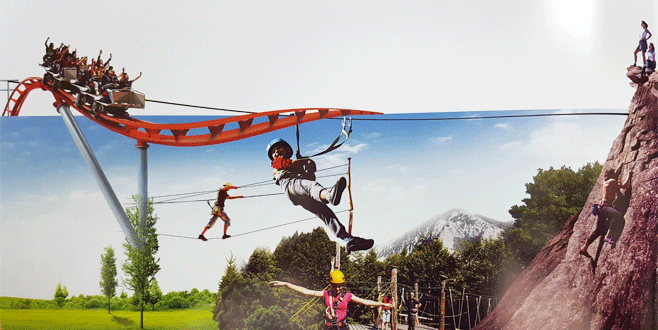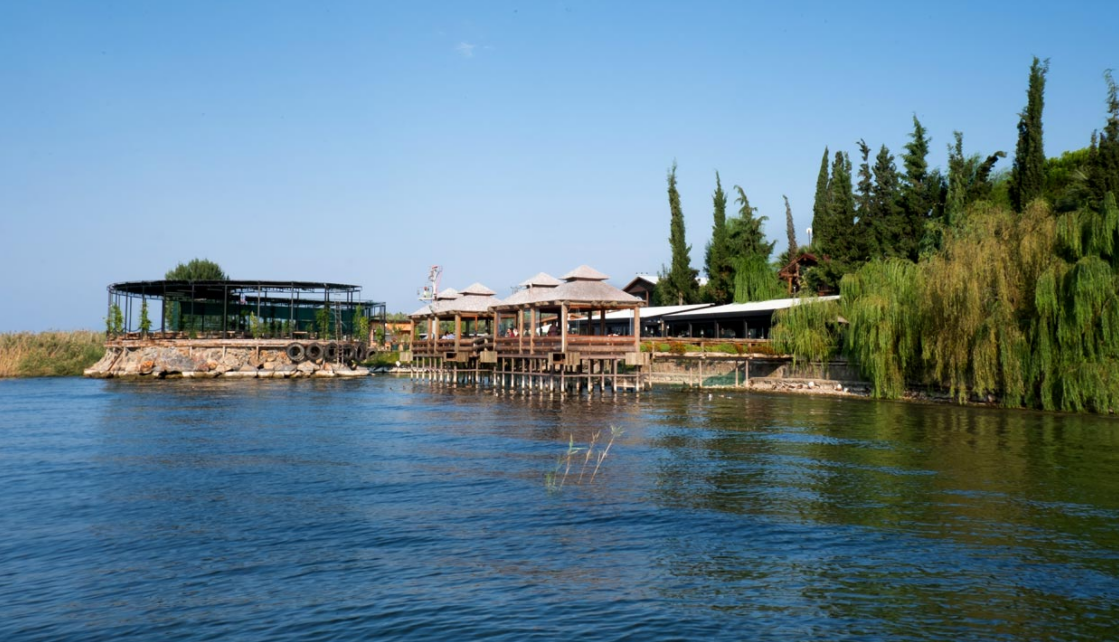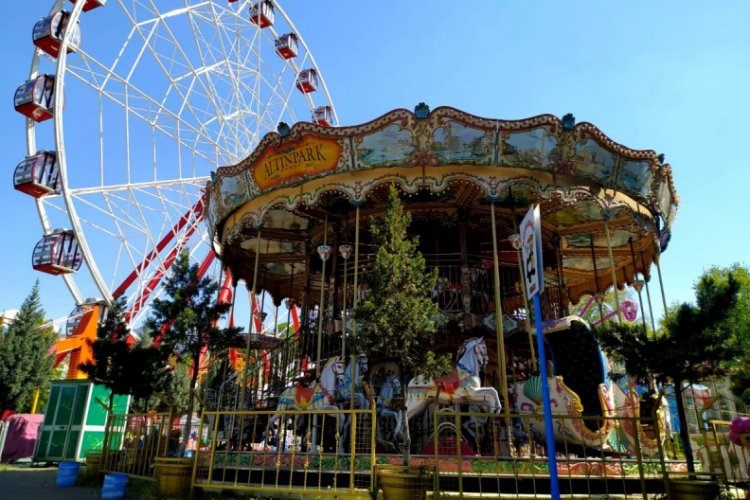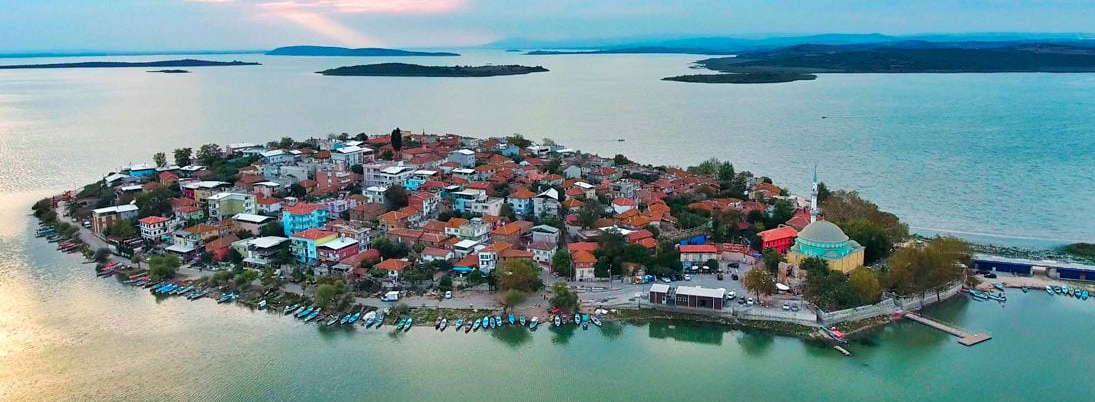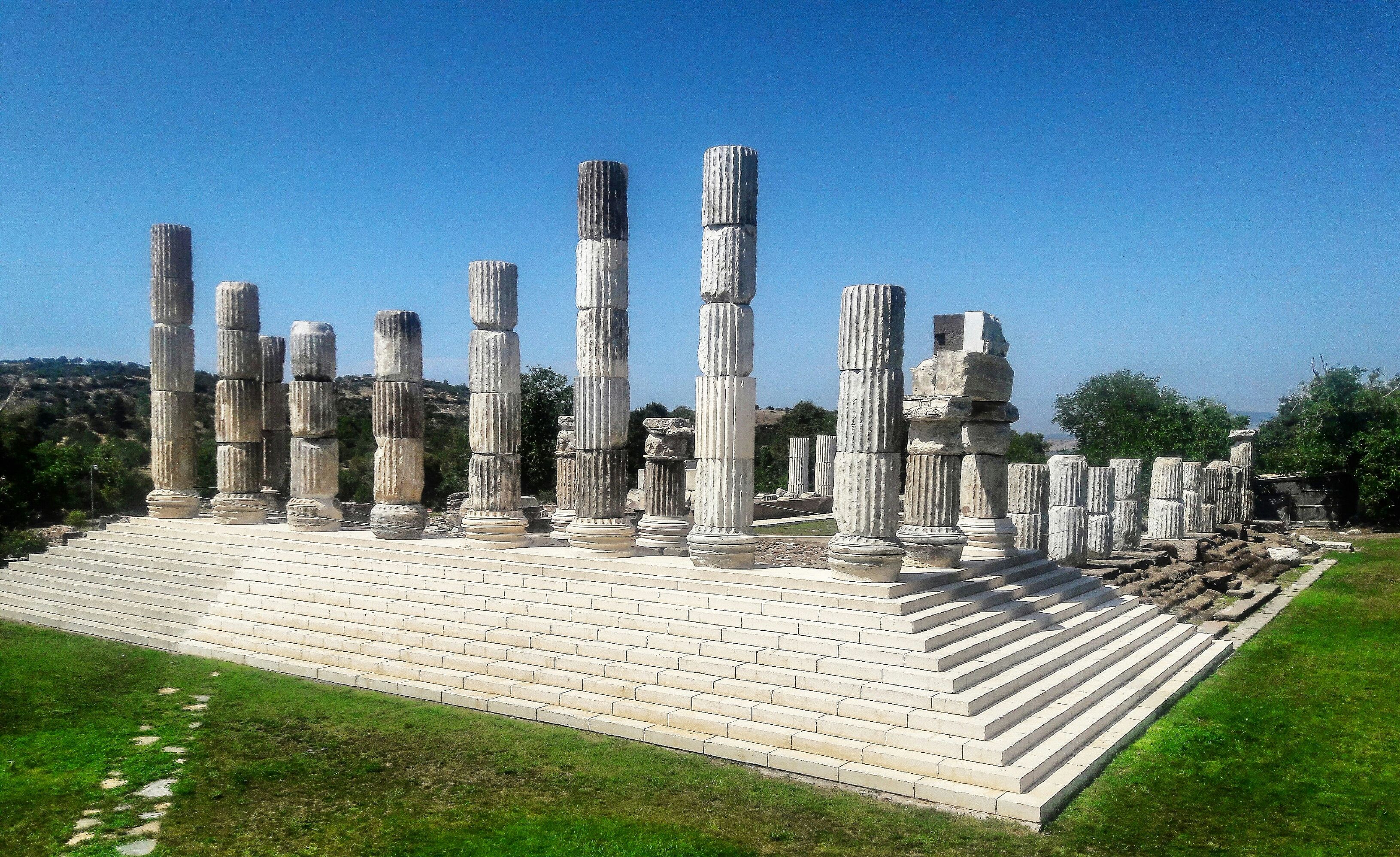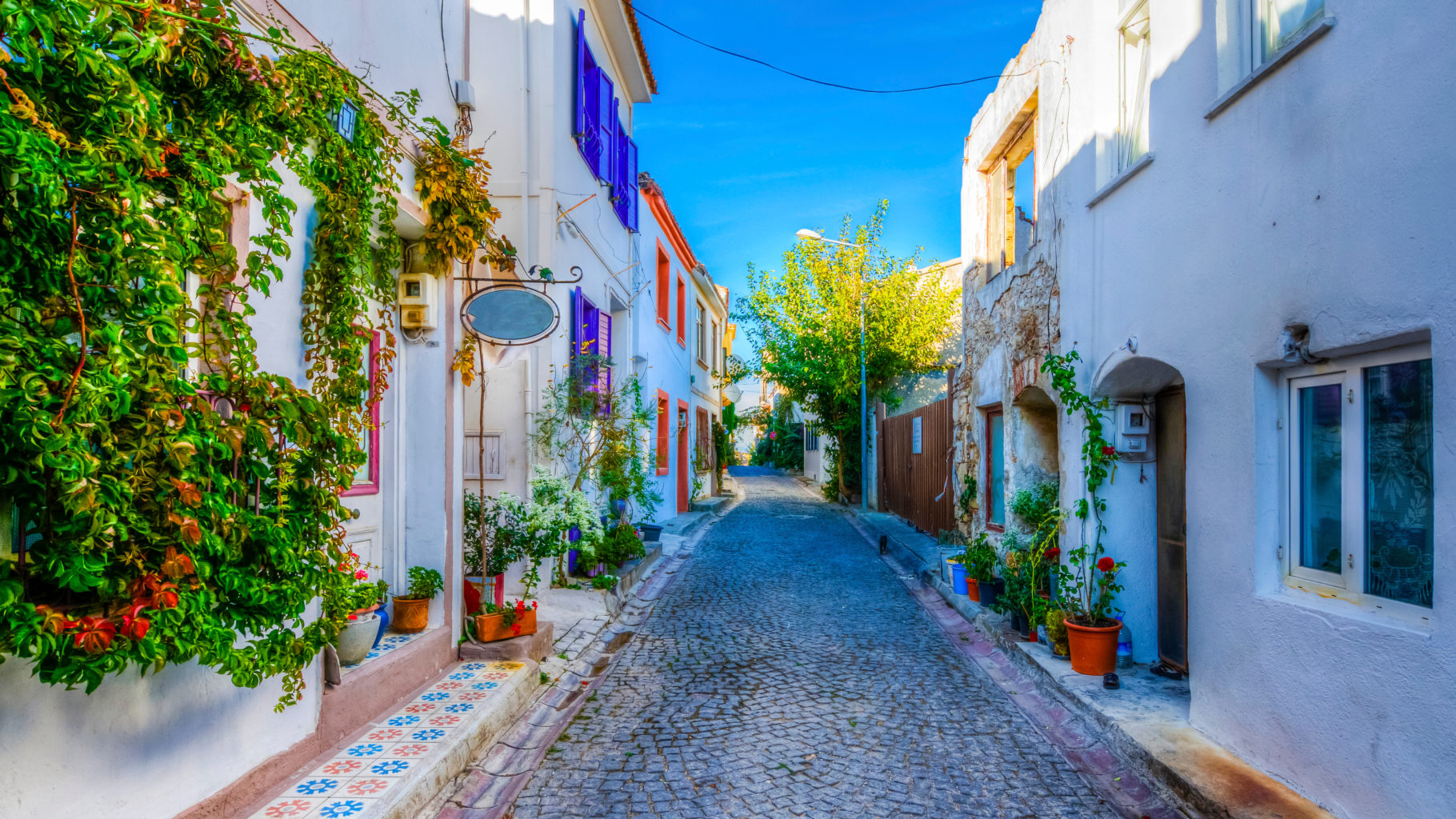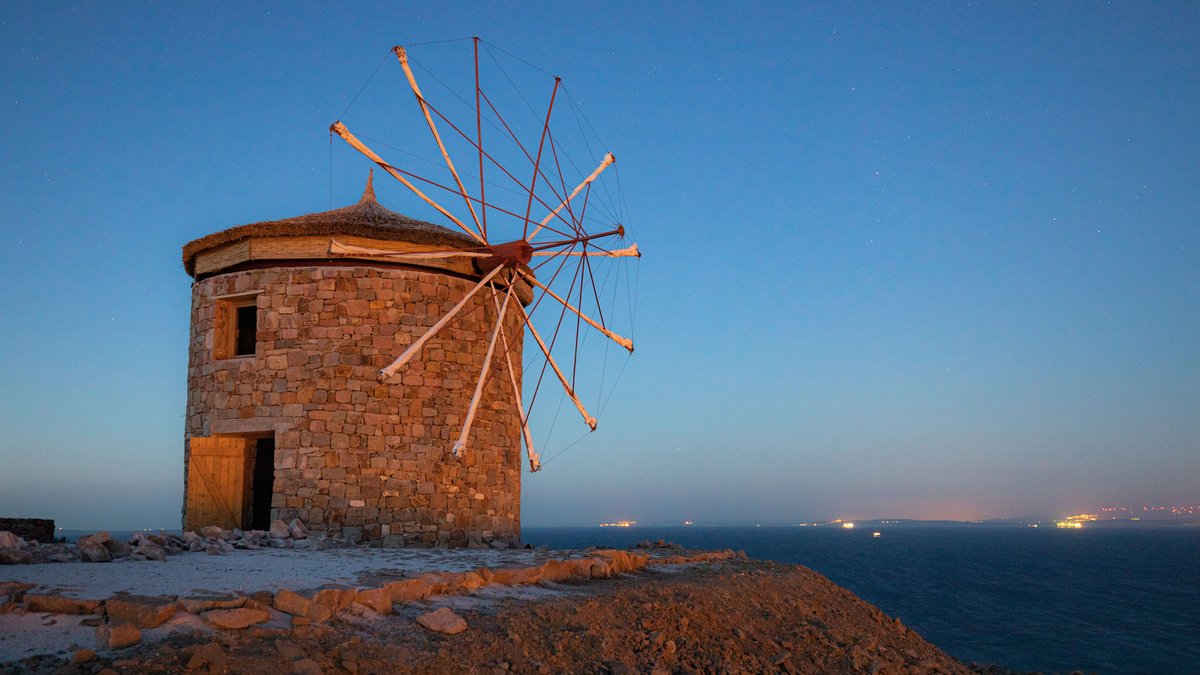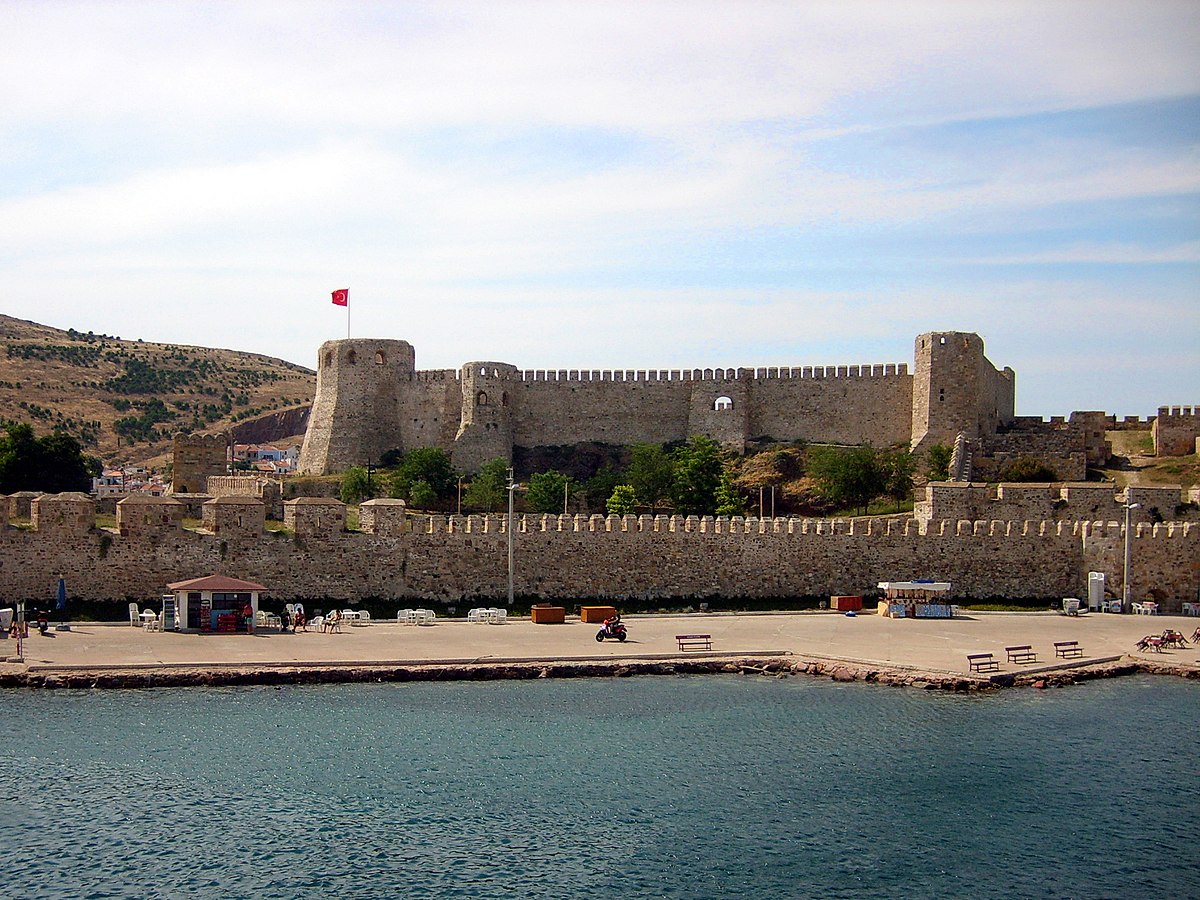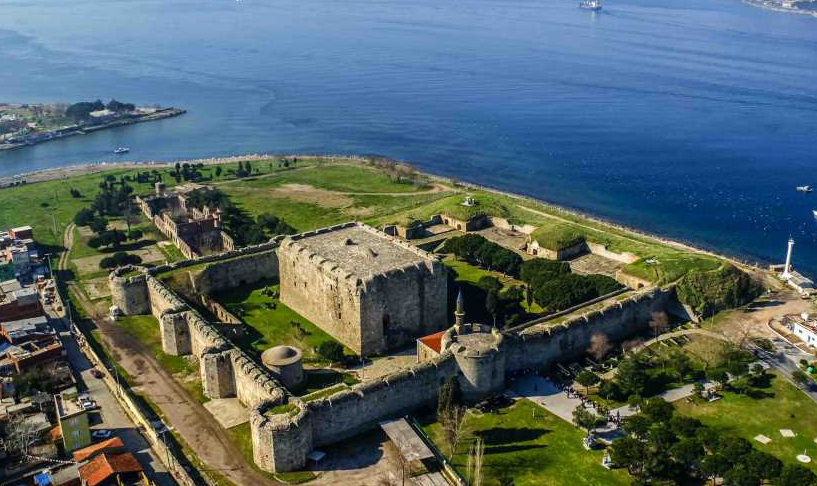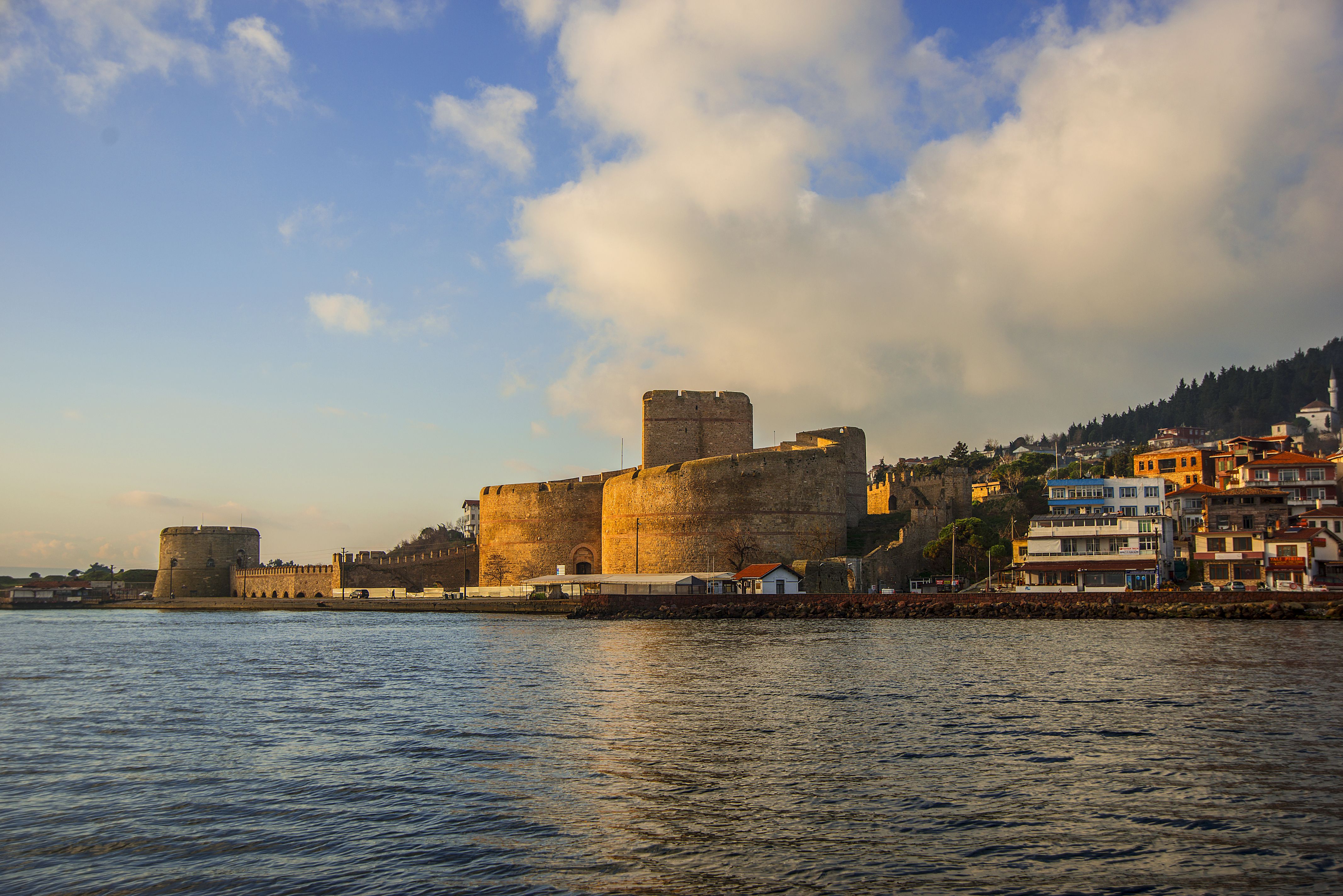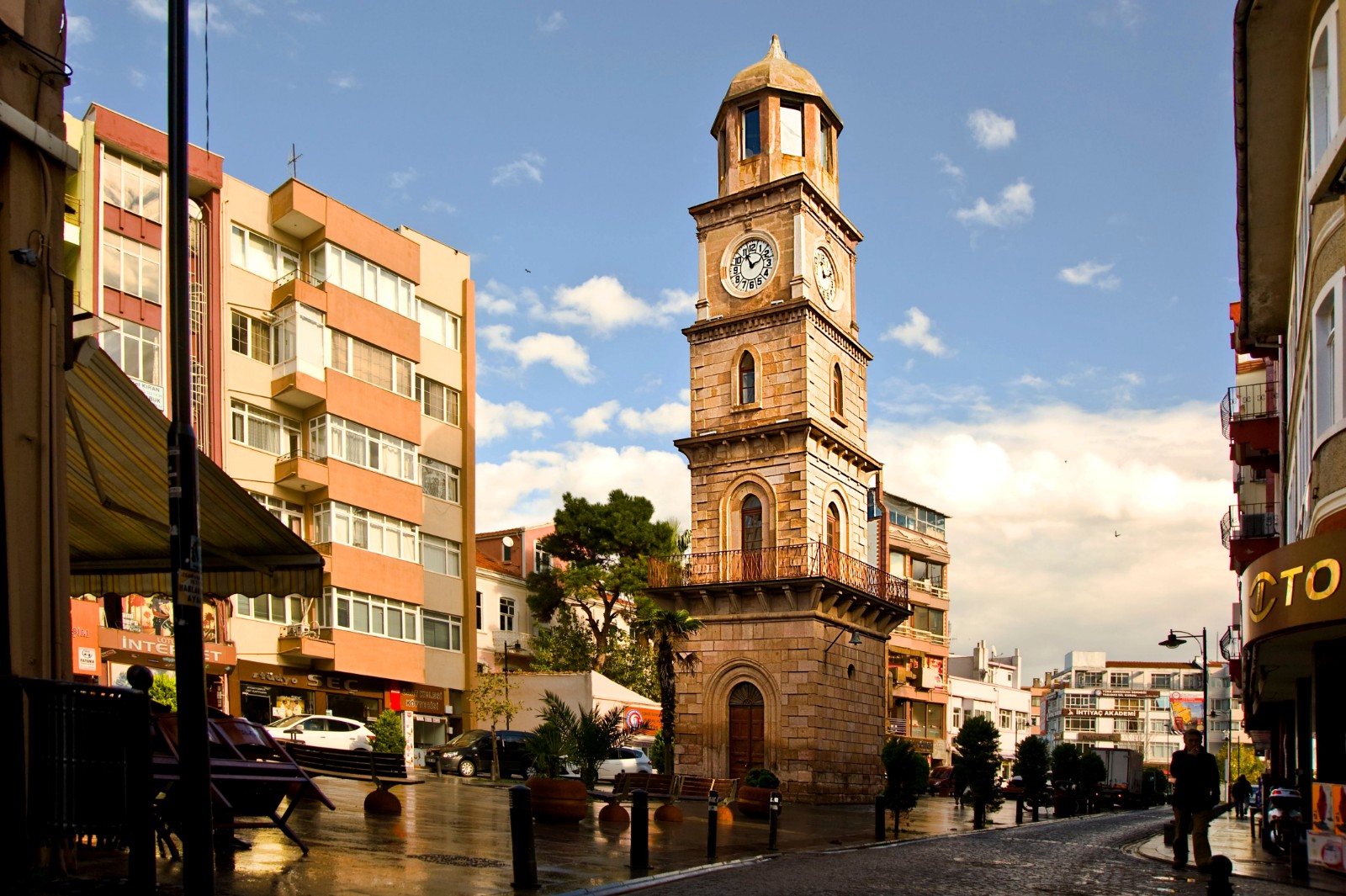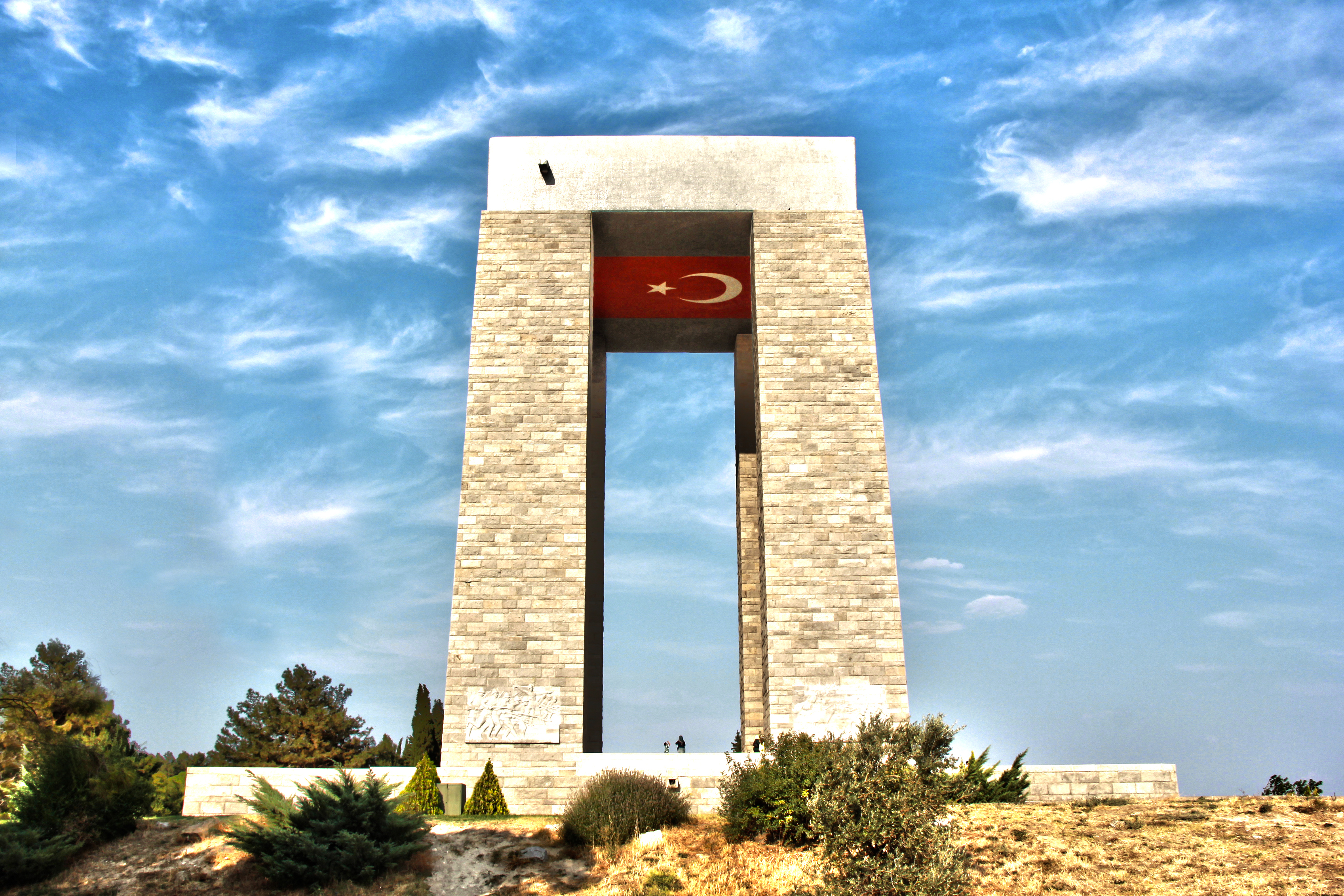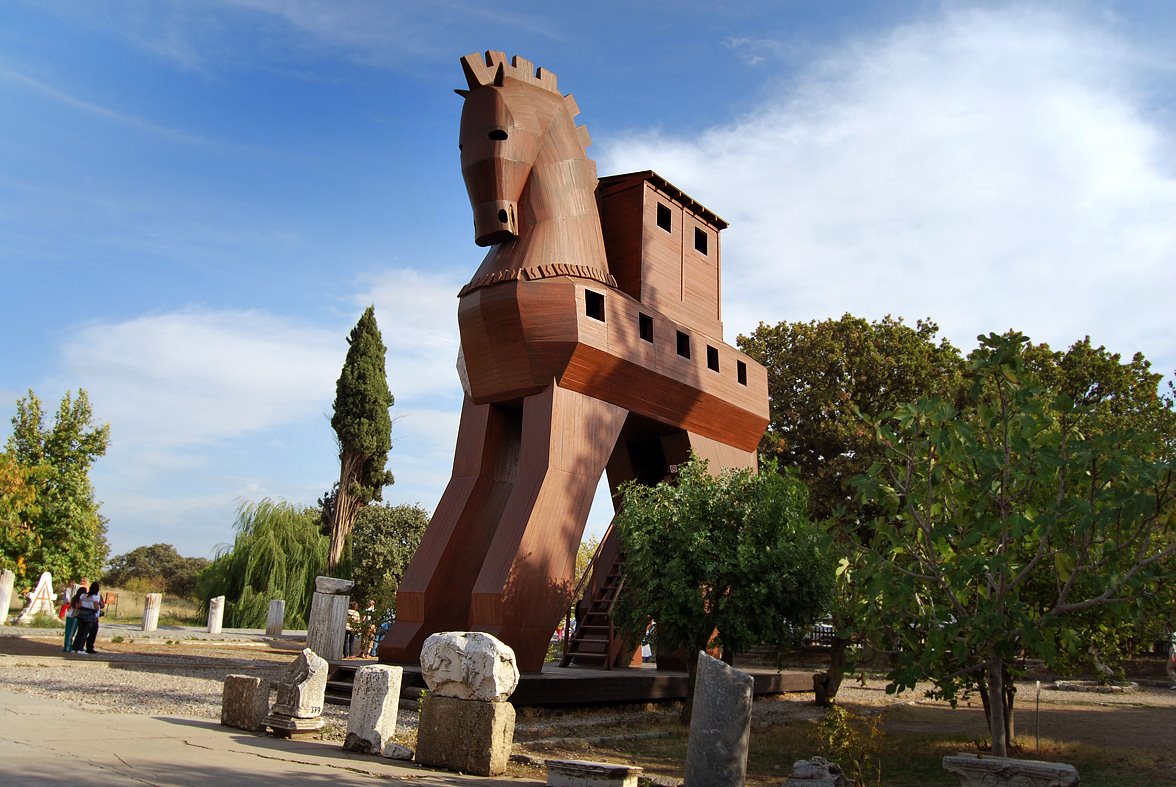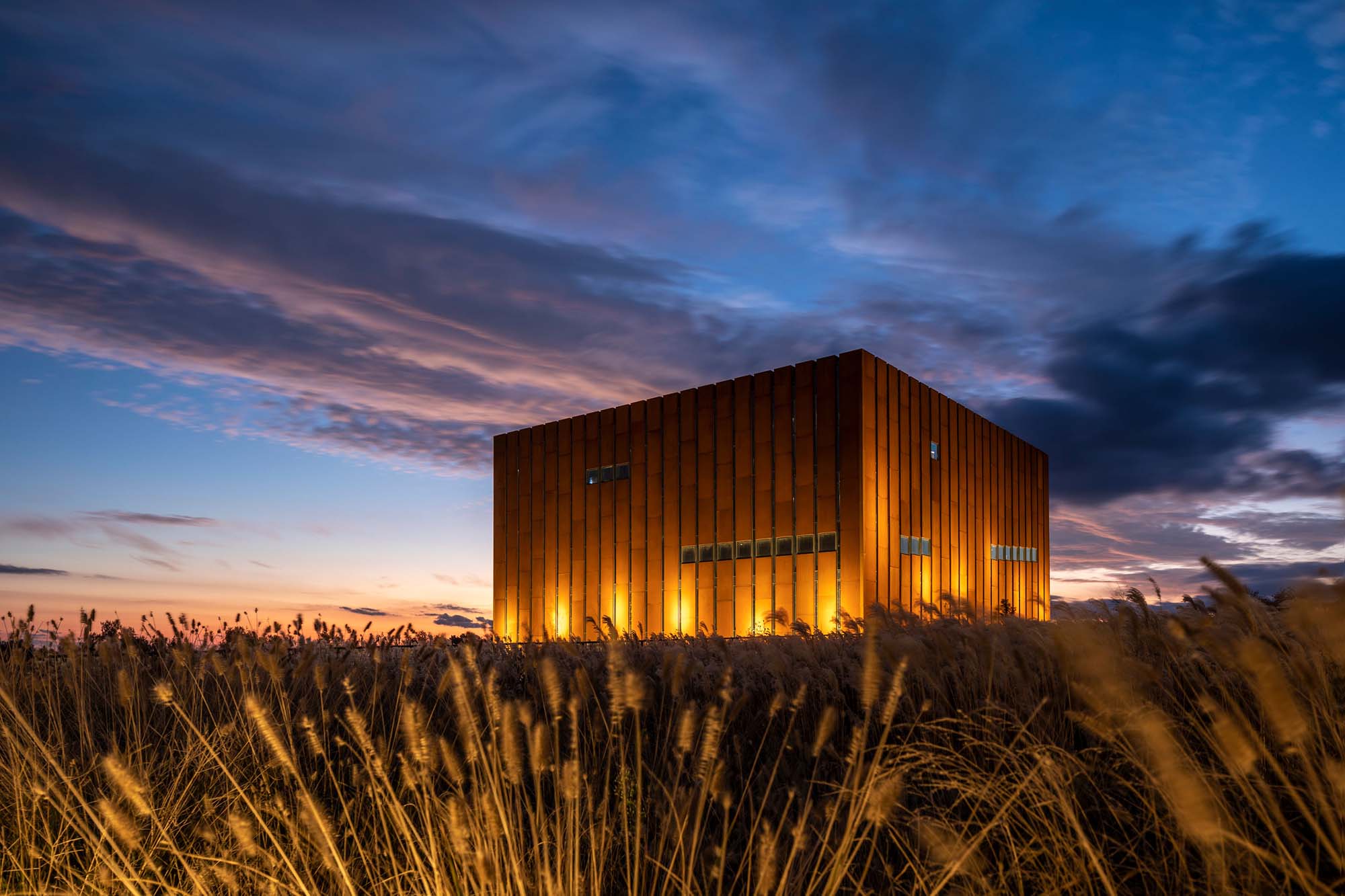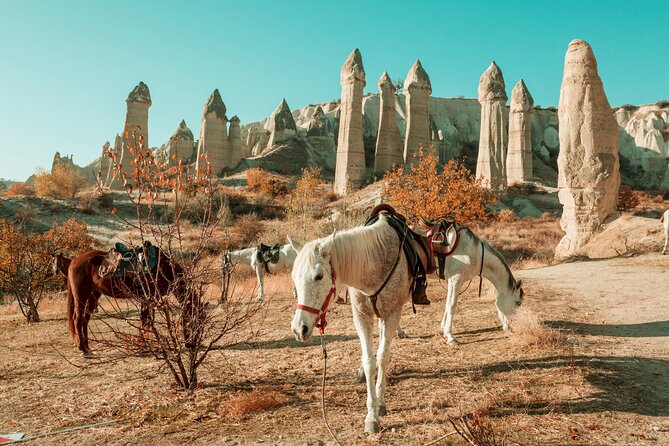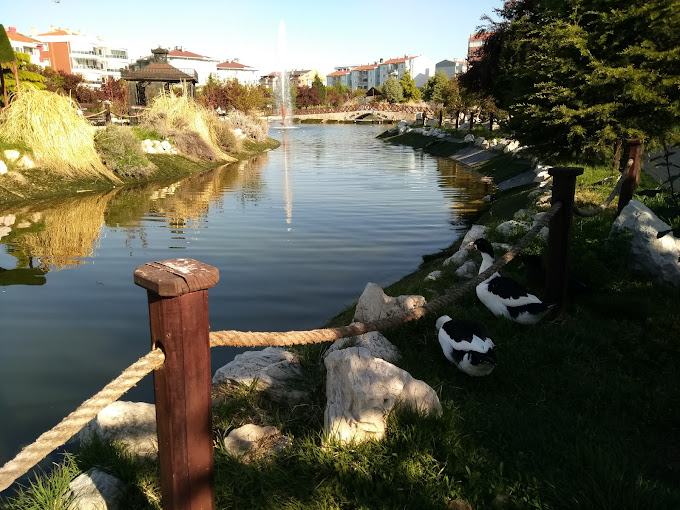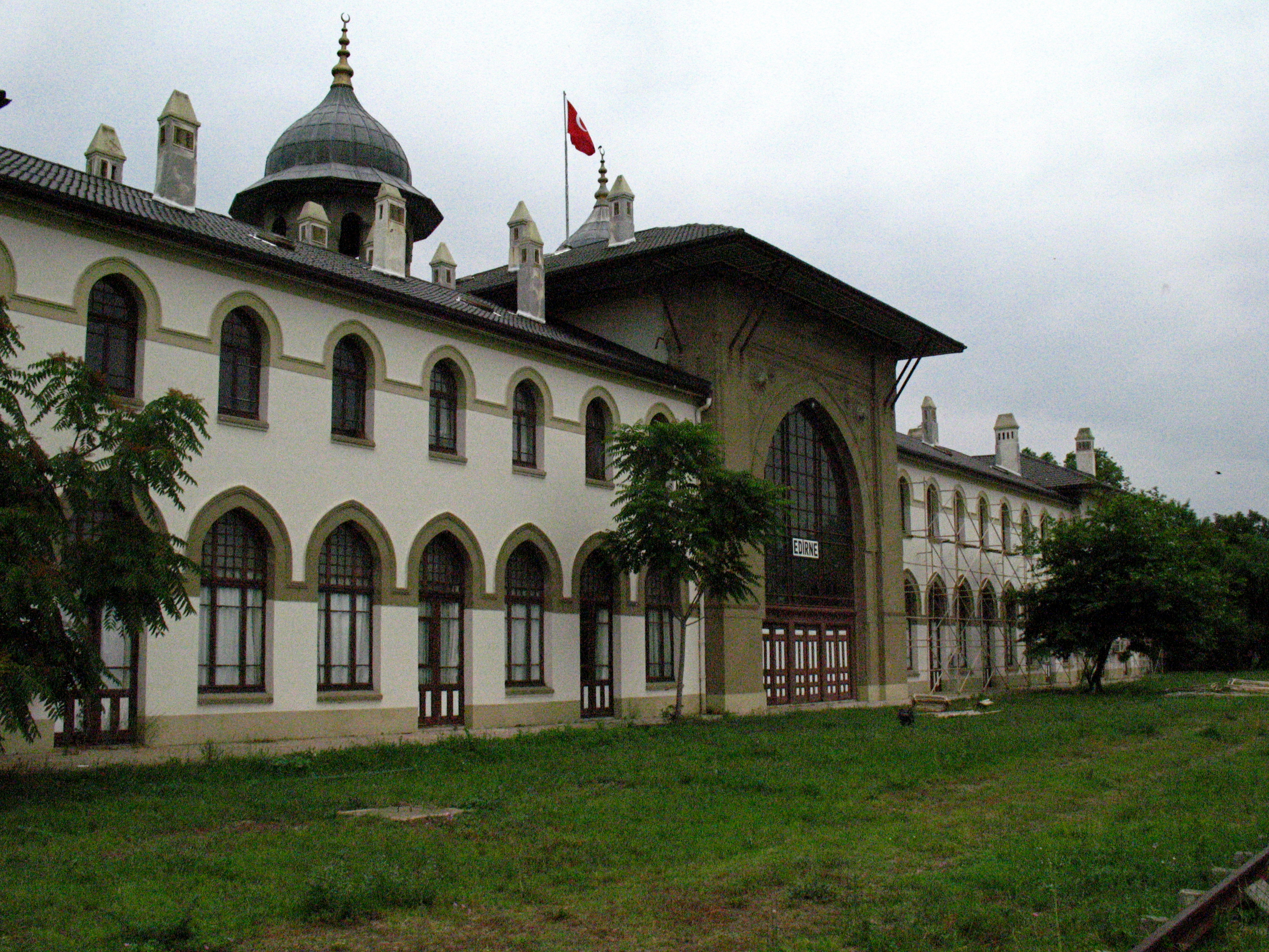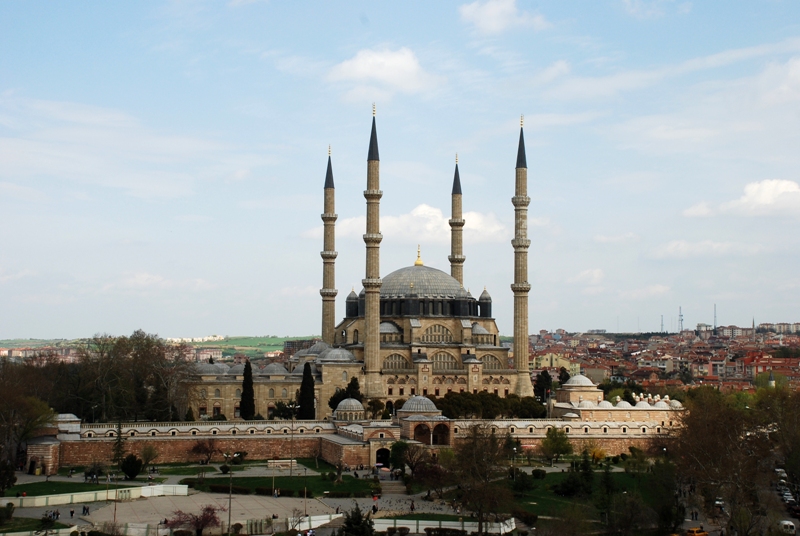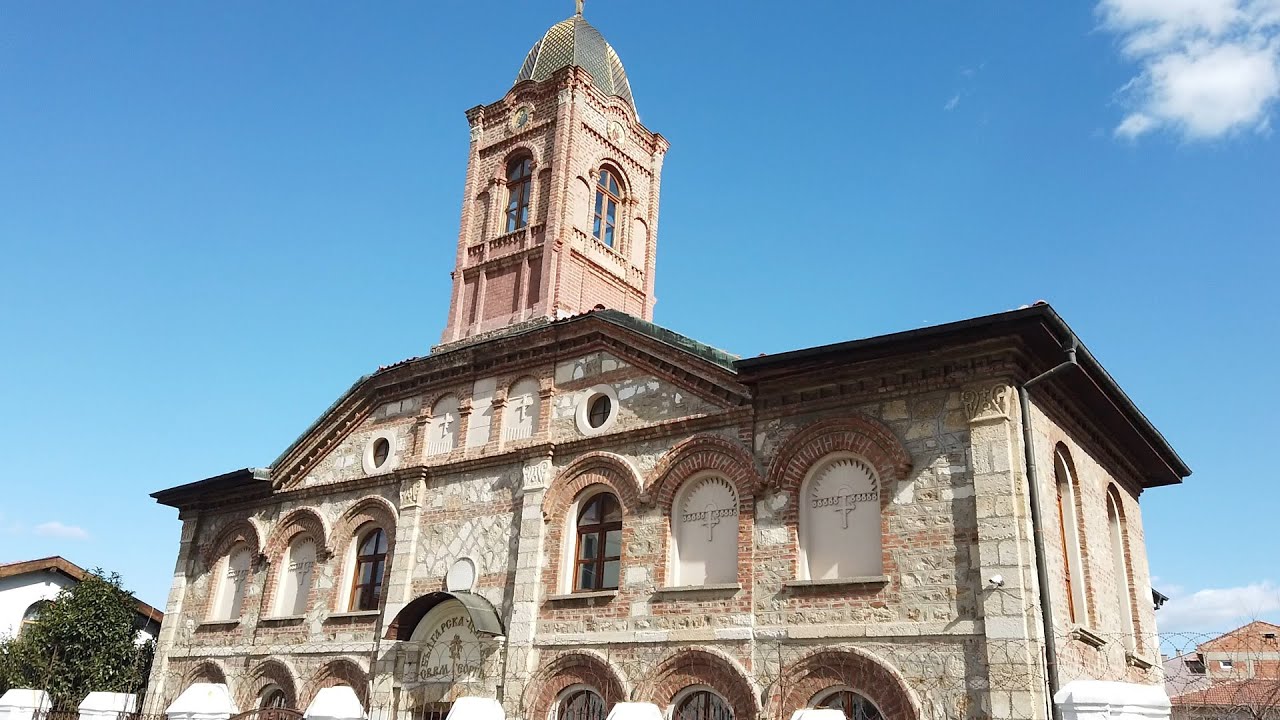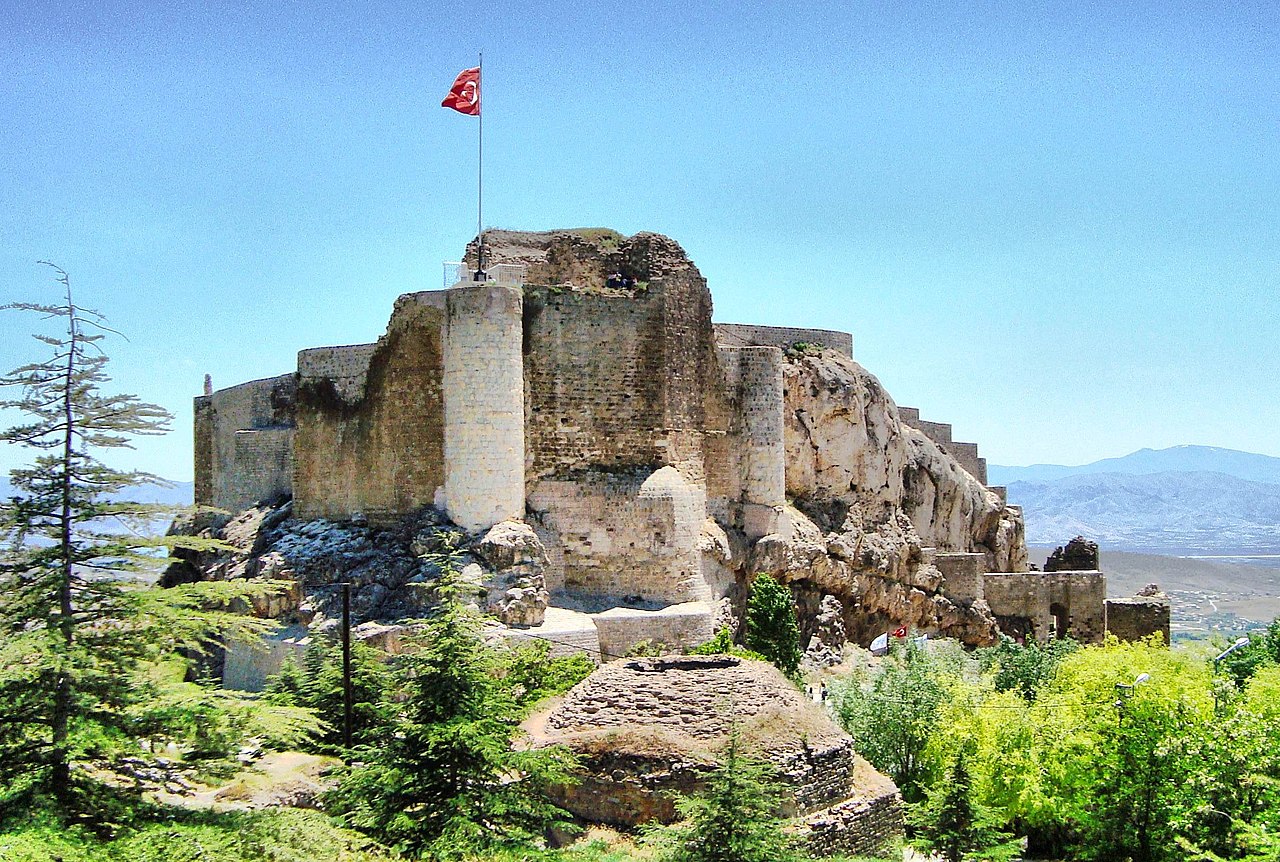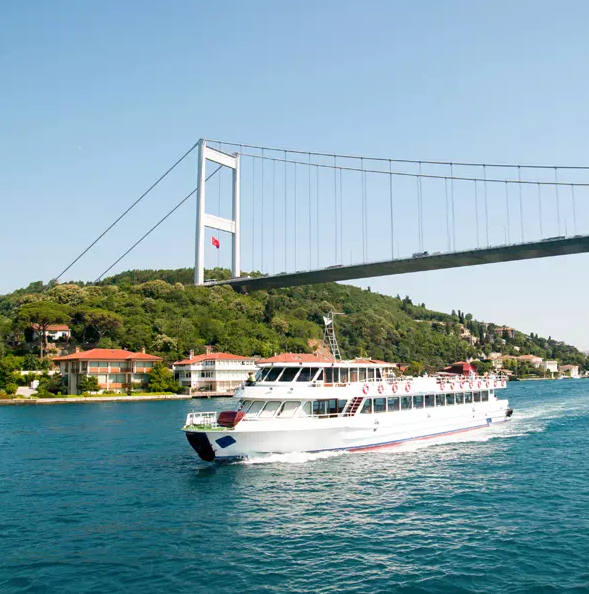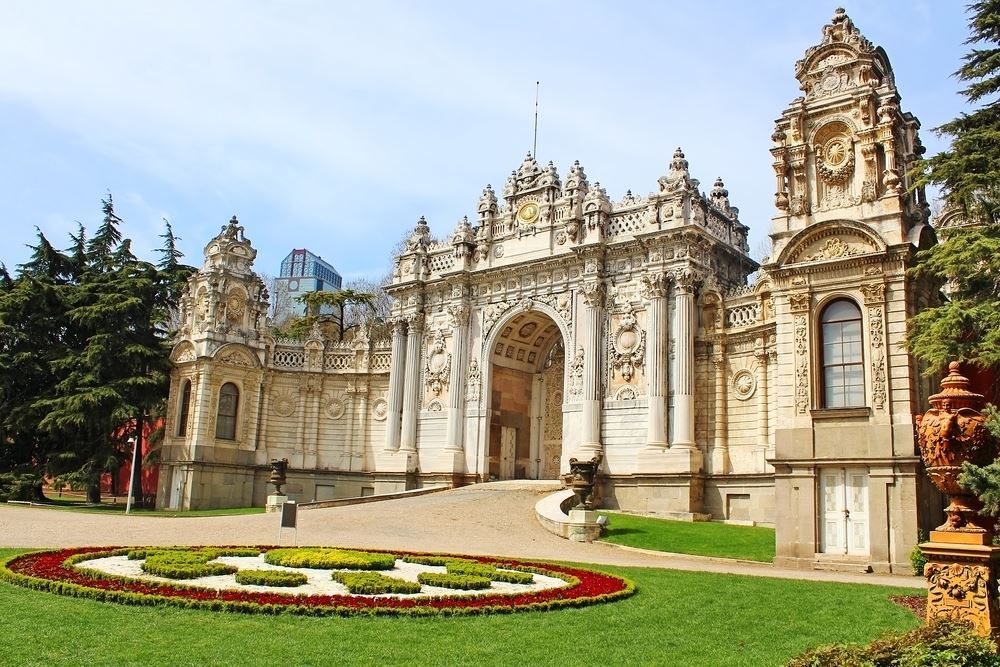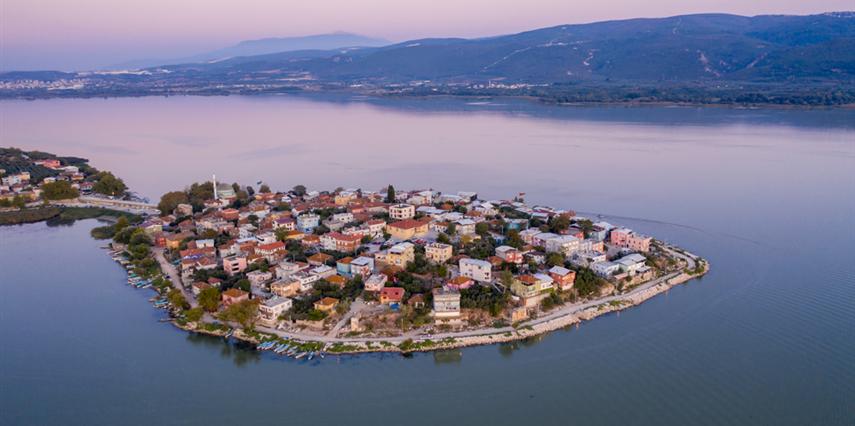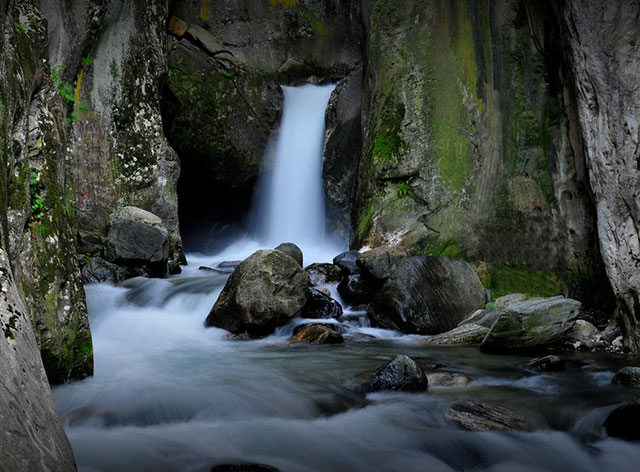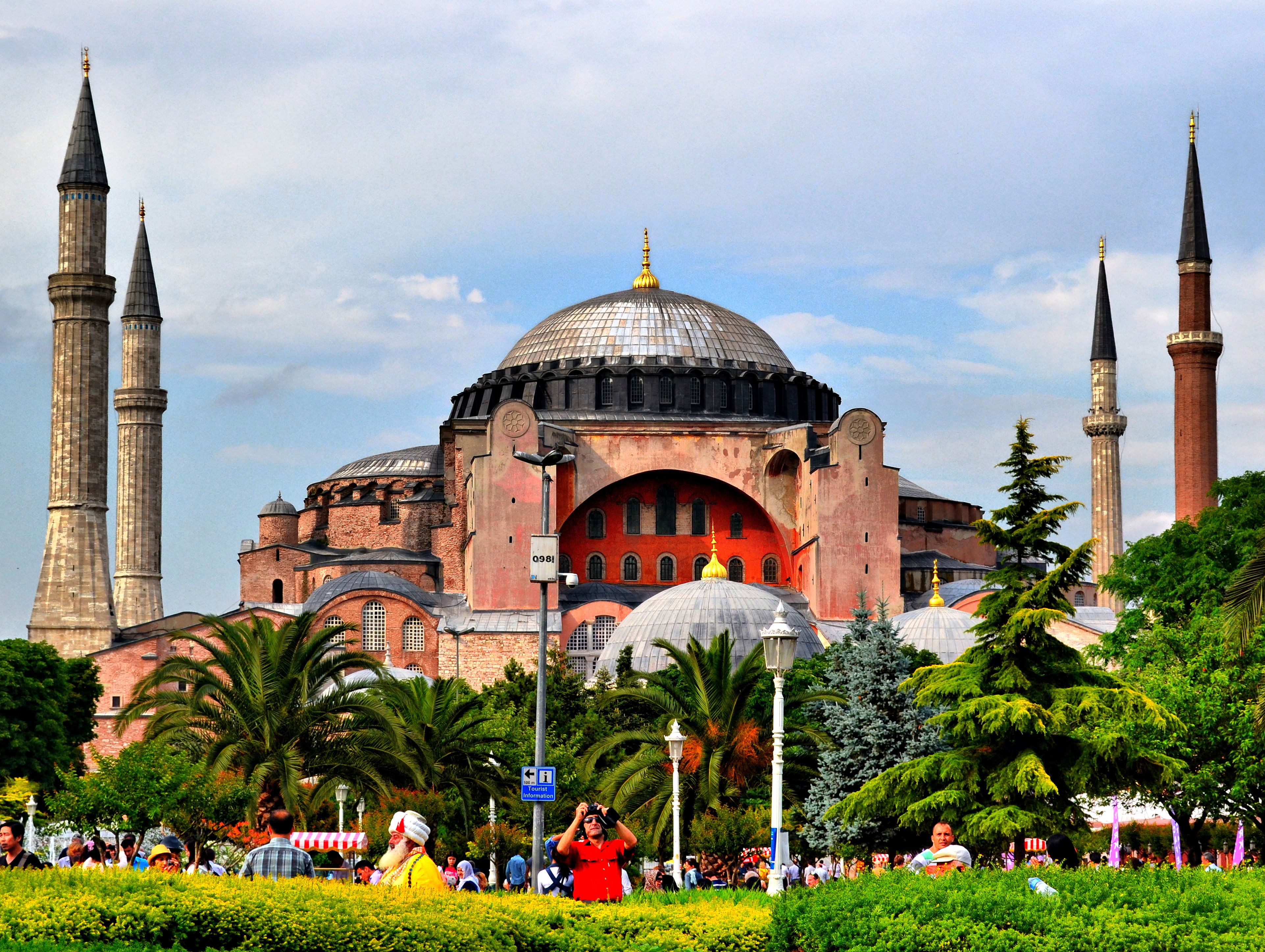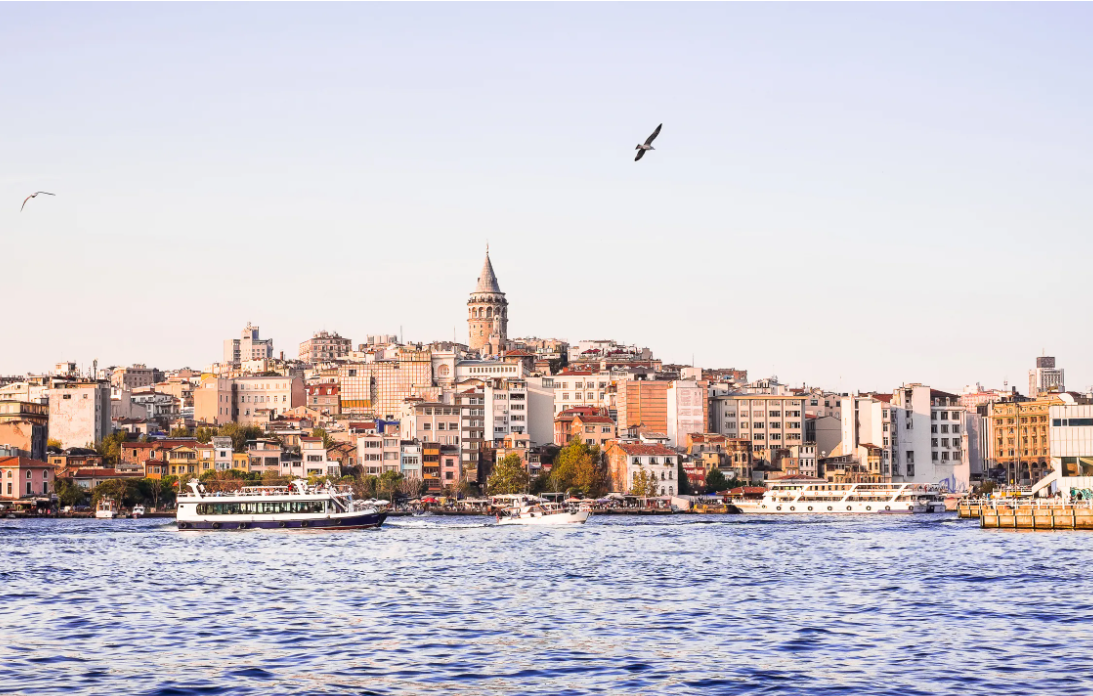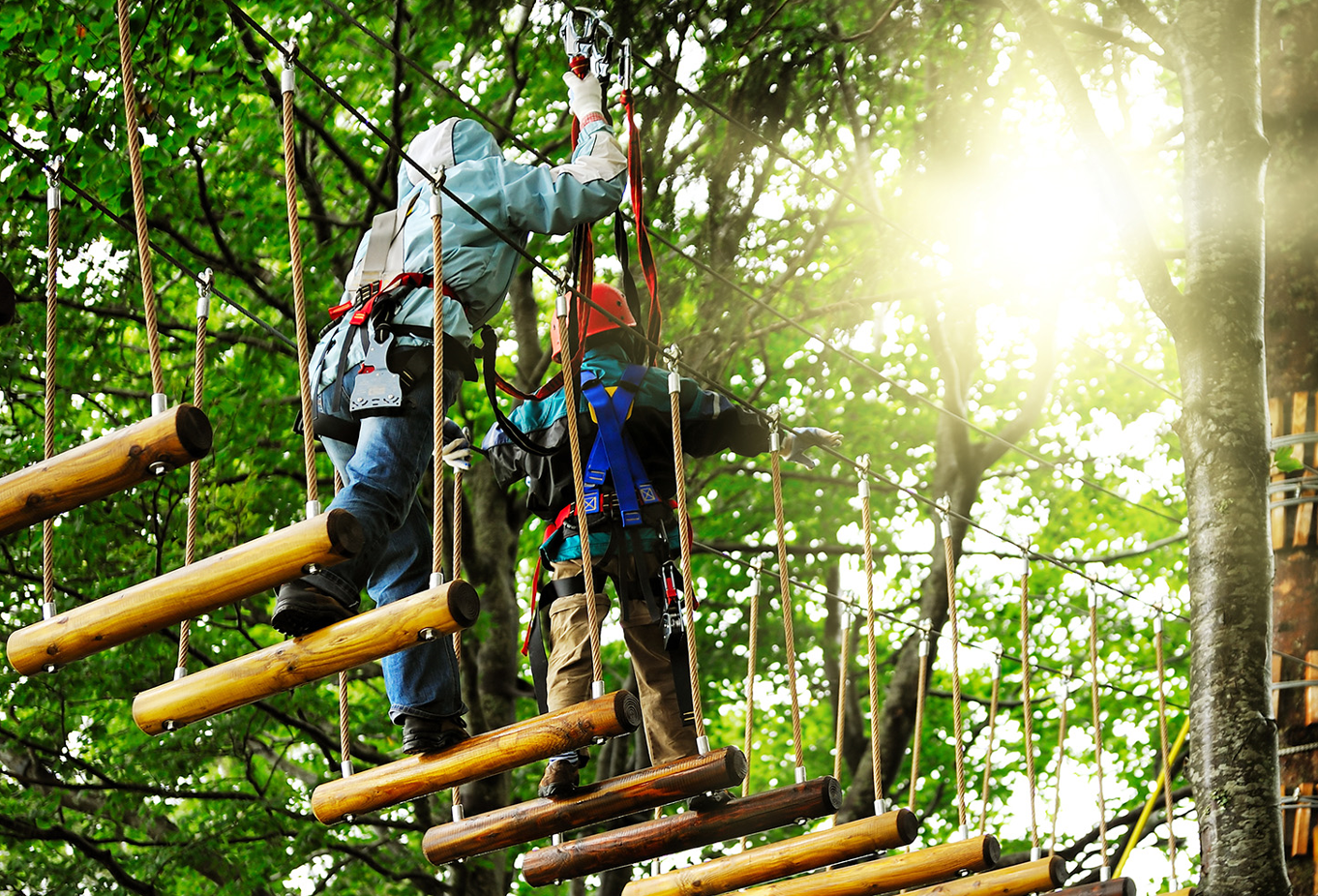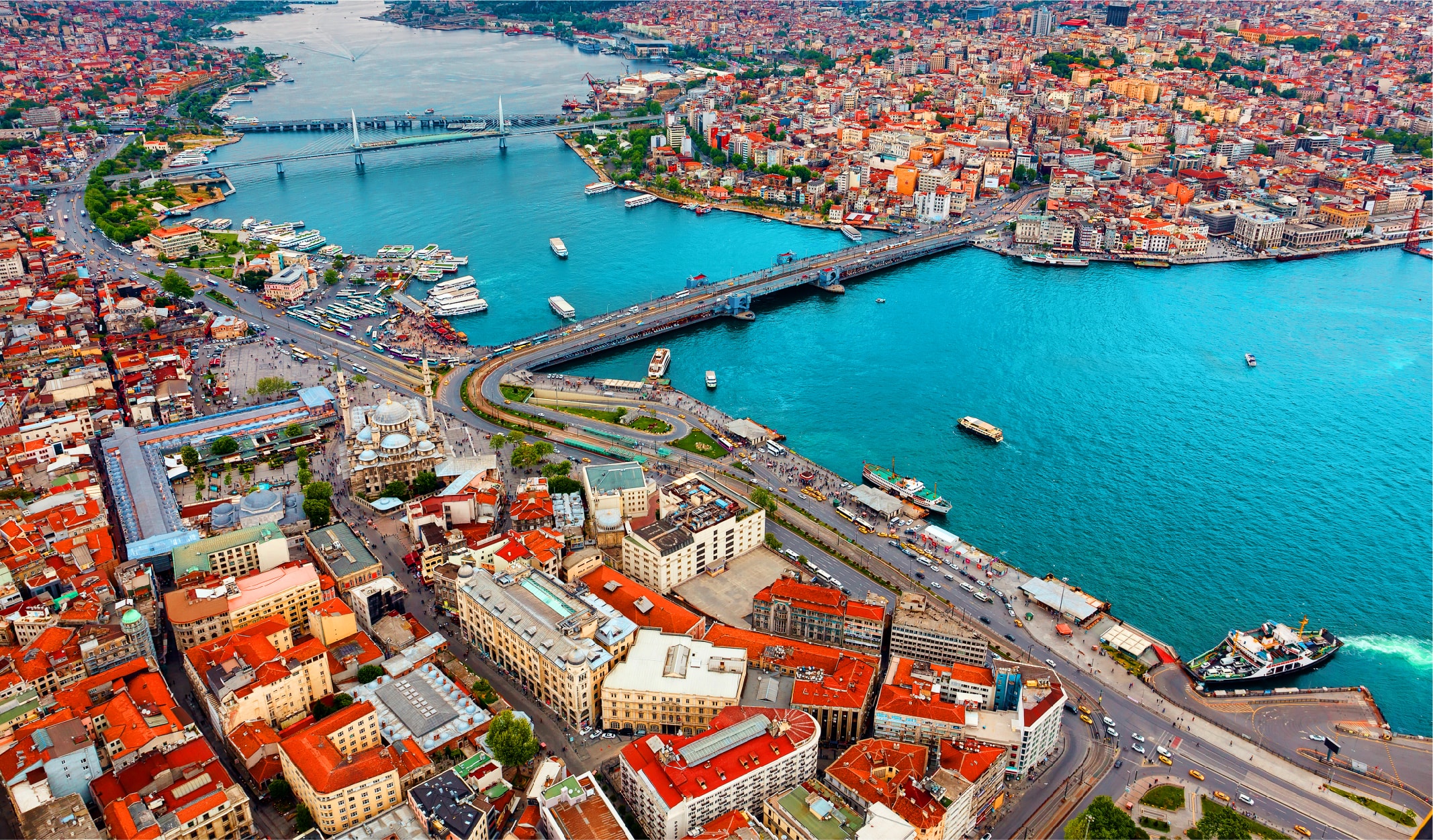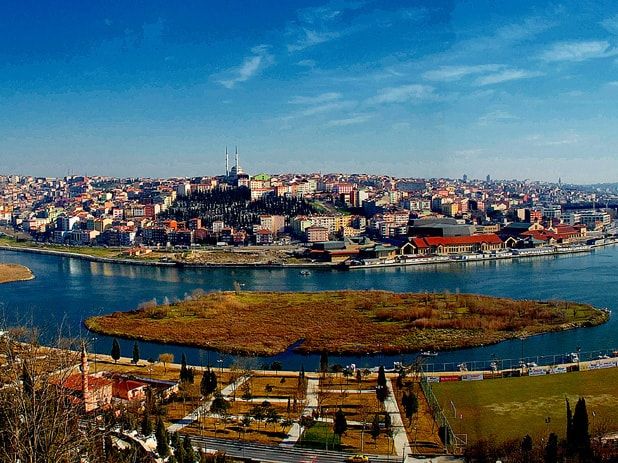Çanakkale Archaeological Museum
Museum activities in Çanakkale started in the time of Atatürk. In 1936, it started with the collection of historical marble and stone artifacts in Zafer Square, and in 1965, the Museum Directorate was established in the annex building of the church located in the same square. 19th century A part of Frank CALVERT's collection, a small part of which remained in Turkey, was transferred to the Çanakkale Museum, and Carl, who carried out the third period excavations in Troia between 1932-1938. With the bringing of some of the Trojan works of BLEGEN to Çanakkale, the museum's collection begins to form.
The rich finds unearthed in the Dardanos Tumulus in 1959 became one of the most important discoveries in the history of Çanakkale after Troy. Today's museum building was planned as a result of the important finds unearthed in the Dardanos Tumulus and the necropolis of the ancient city of Tenedos in Bozcaada. The new museum was opened in 1984 after its construction was completed. The works of the Museum in Victory Square are also moved to the new museum.
In Çanakkale Museum; Artifacts from ancient cities in Çanakkale and their surroundings are exhibited in chronological order. 12,747 archaeological artifacts, 15,237 coins and 2,714 ethnographic artifacts are under protection in the museum.
Troia Hall: The artifacts unearthed in the Troia excavations, which started with H. SCHLIEMANN in 1870, and were conducted by W. DÖRPFELD in 1893, and C. BLEGEN in 1932, and M. KORFMANN in 1987, are exhibited in chronological order. Troy, one of the first mound excavations in our country, is very important in archeology as it forms a touchstone in dating the ceramics between the Early Bronze Age and the Iron Age (3000-1250). These ceramics show the development of ceramic technology between the Early Bronze Age and the Late Bronze Age. These artifacts on display consist of original workgroups recognized by the archeology world, which have been included in thousands of publications and exhibited in international exhibitions.
Assos Hall: The finds unearthed since 1980 during the excavations of the ancient city of Assos are exhibited. In this section, in addition to lekytos, bowls and goddess figurines, it gives enlightening information about terracotta puppetry, toys, adding arms and legs, made of terracotta from a child's grave.
Hall of Dardanos Tumulus: Dardanos Tumulus, which was discovered in 1959 within the borders of Çınarlı Village in Çanakkale Center, is important because it is the family tomb of the founders of the ancient city of Dardanos, the city of King Dardanos, who gave its name to the region in ancient times. More than 300 archaeological objects found in the burial chamber are exhibited in the hall. Among them are gold jewelry. There are stone and terracotta pots, terracotta statues and bronze vessels with inscriptions.
Aphrodite Statuette: It is the most important find of Dardanos Tumulus. B.C. 4th century. The work of Praksitele, one of the sculptors, named "Aphrodite of Knidos", dates back to BC. It is the earliest copy made in the 1st century. The statue depicting the goddess of beauty in the bath symbolizes health and beauty. In addition, the sculptor showed the courage to emphasize the freedom in art by depicting the goddess naked.
Polyxena Sarcophagus: It was unearthed in 1994 during the excavation of the Kızöldün Hill tumulus in the Gümüş Çay Town of Biga District. The sarcophagus is made of Marmara Island marble. The engravings on the sarcophagus, designed in a residential style with a tile triangular roof, describe the sacrifice of King Priam's daughter Polyxena on the tomb of Akhileus. Due to the sarcophagus feature and the finds obtained during the excavation, it was built in the BC. 6th century dated to the end
Hadrian Statue: Anatolia BC. After 133, it became a province of Rome with its attachment to Rome. Hadrian, who was the Roman emperor in 117-138 A.D., made construction activities and aids in Troai. It is a statue erected in Troia in memory of these aids. It is depicted as armored.





